6.5 and 6.6
1/145
There's no tags or description
Looks like no tags are added yet.
Name | Mastery | Learn | Test | Matching | Spaced |
|---|
No study sessions yet.
146 Terms
Interspecific Competition
Competition between different species
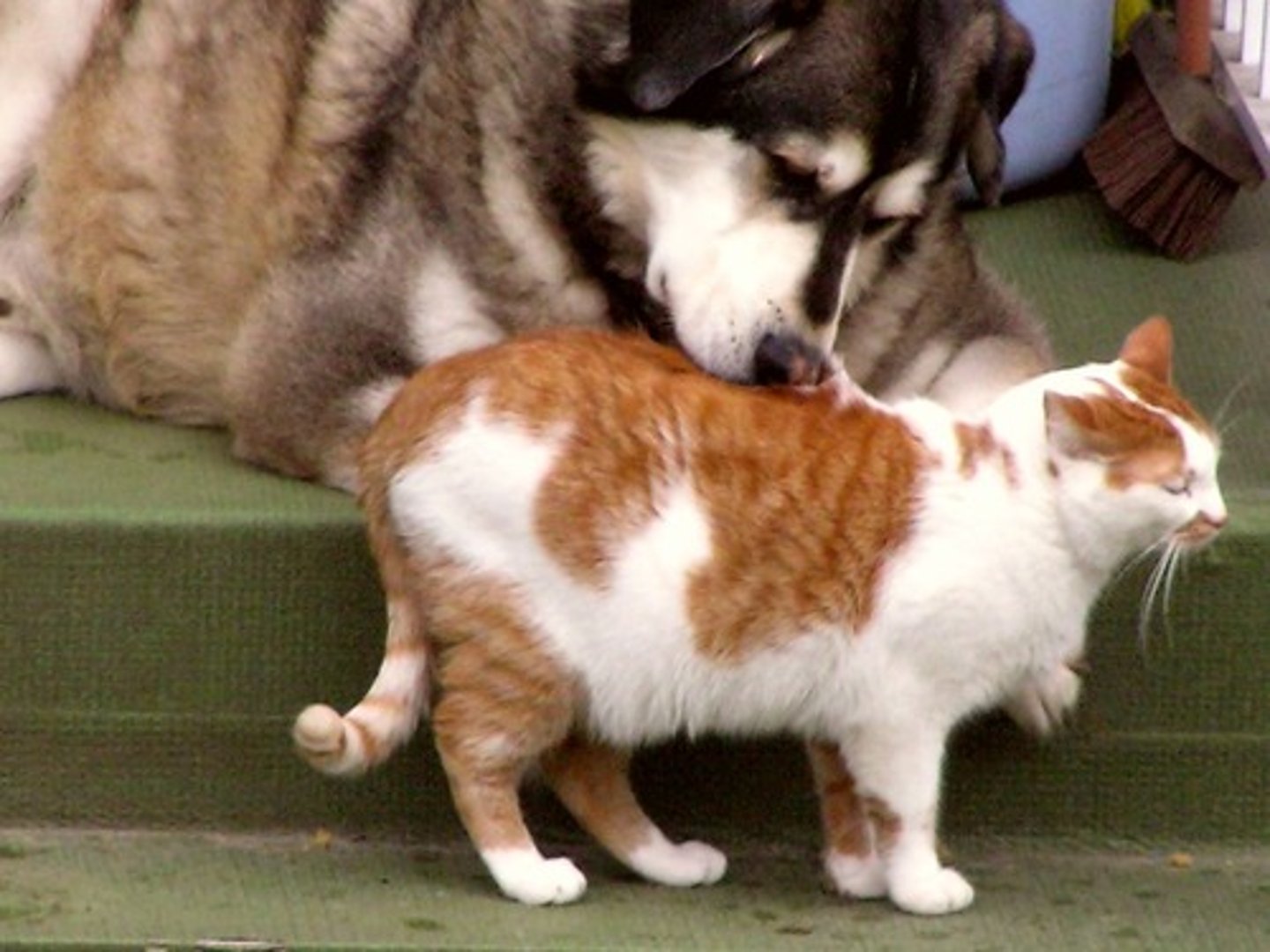
When does interspecific competition occur?
When 2 or more different species of organism compete for the same resource.
What happens in interspecific competition?
The interaction results in a reduction of the resource available to both populations.
As a result of less food, organisms will have less energy for growth and reproduction, resulting in smaller populations than if only one of the species had been present.
Competition Exclusion Principle
If one species is better adapted, then the less well adapted species will decline in number until it can no longer exist in the habitat alongside the better species.
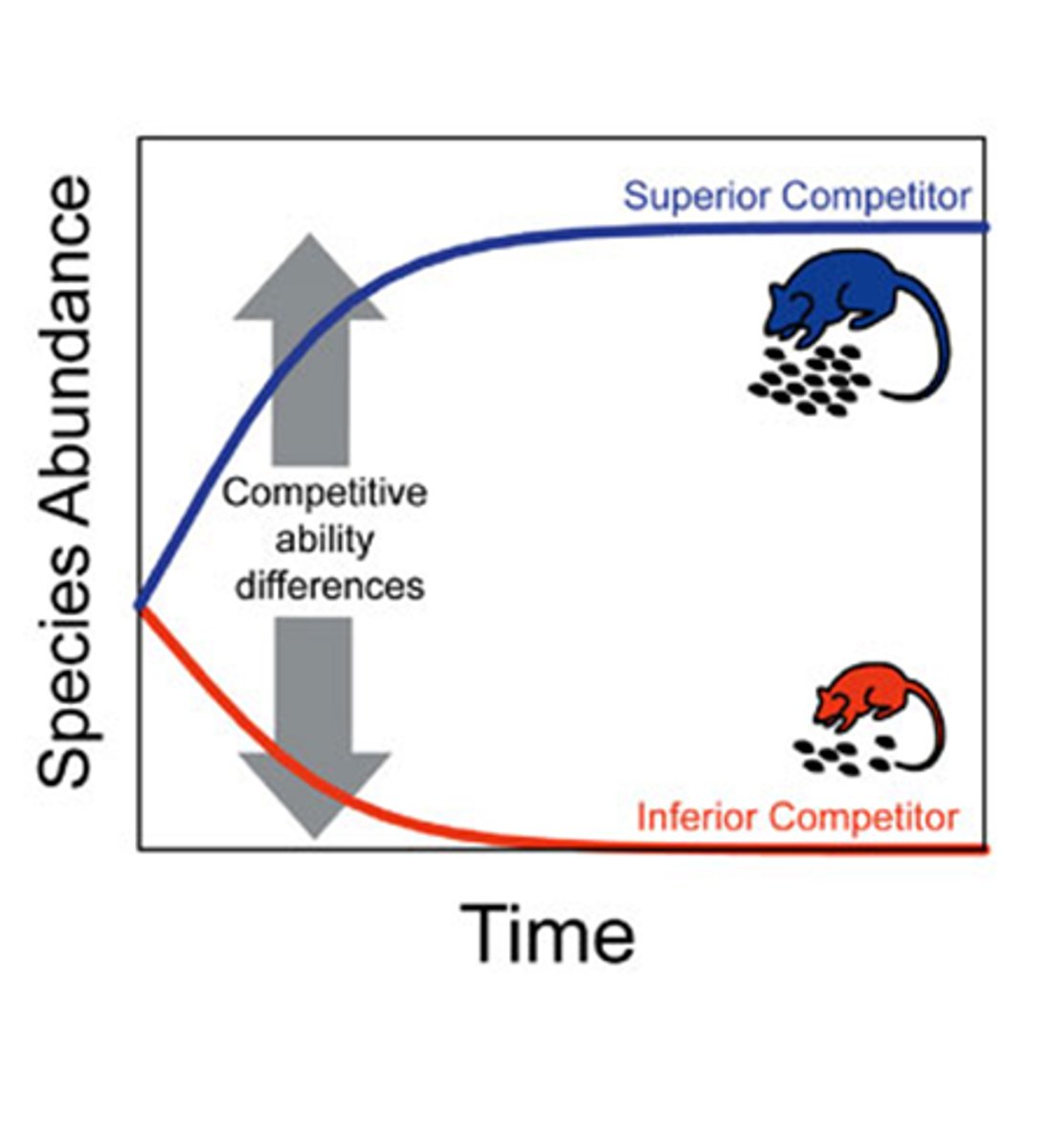
Examples of Interspecific Competition
Red and Grey Squirrels
Intraspecific Competition
Competition between members of the same species
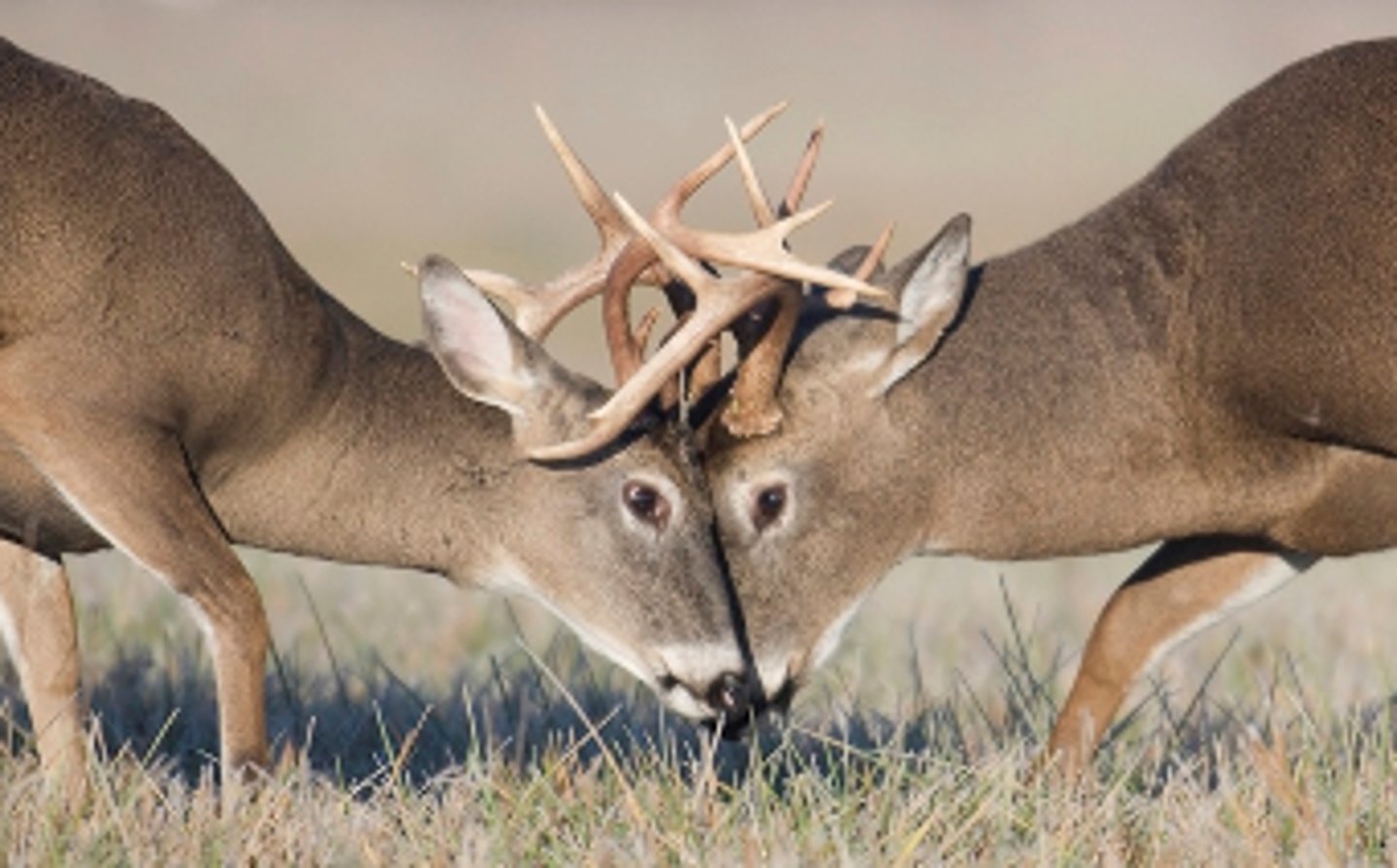
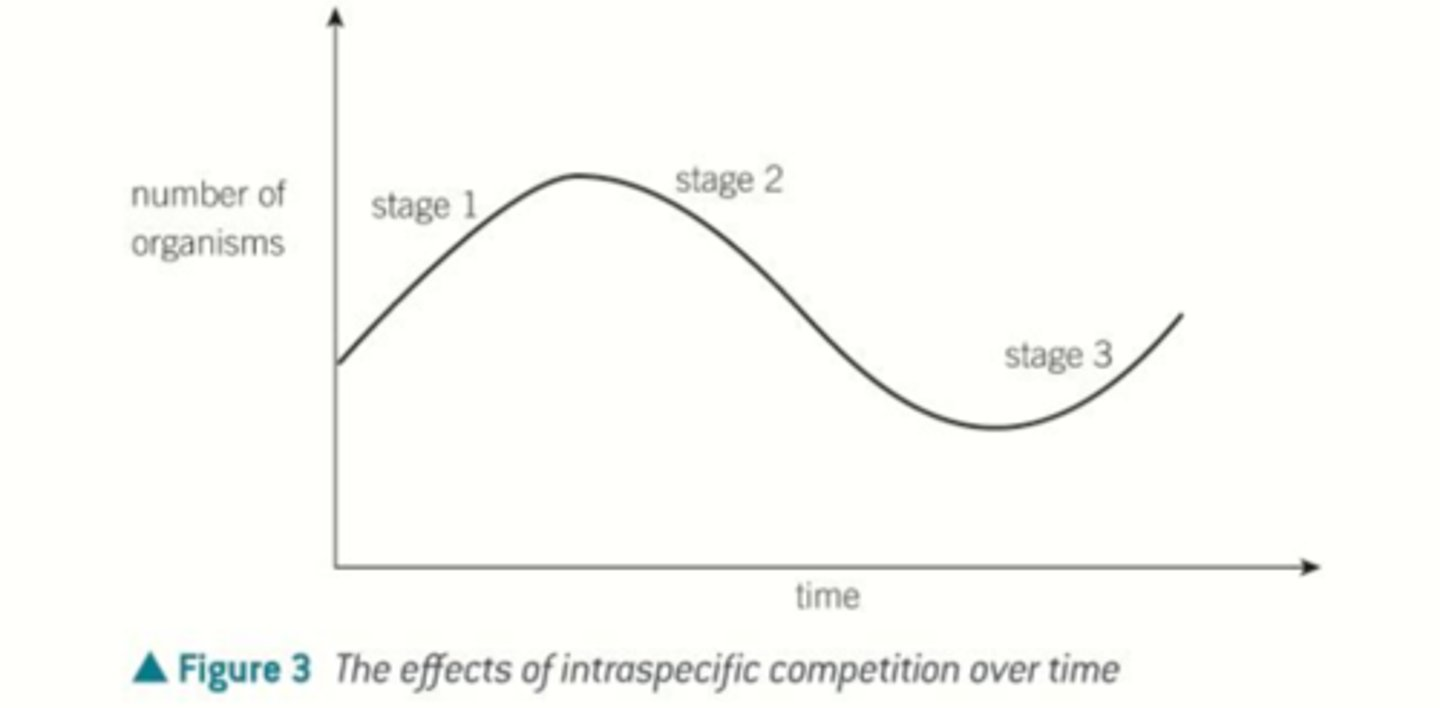
Intraspecific Competition graph
Stage 1 = Resource is plentiful in a habitat, all organisms can survive and reproduce, so there's an increase in population size
Stage 2 = As a result of increased population, there are many more individuals that share resources, and resources become limited, decreasing the population size
Stage 3 = Less competition exists as the smaller population means less organisms are competing for the same resources. This means more organisms survive and reproduce, increasing population size
Predation
A biotic factor that can influence population size.
Many predators have evolved ways to catch their prey (like speed and stealth) and prey have evolved in ways to avoid capture (like camouflage and stings)
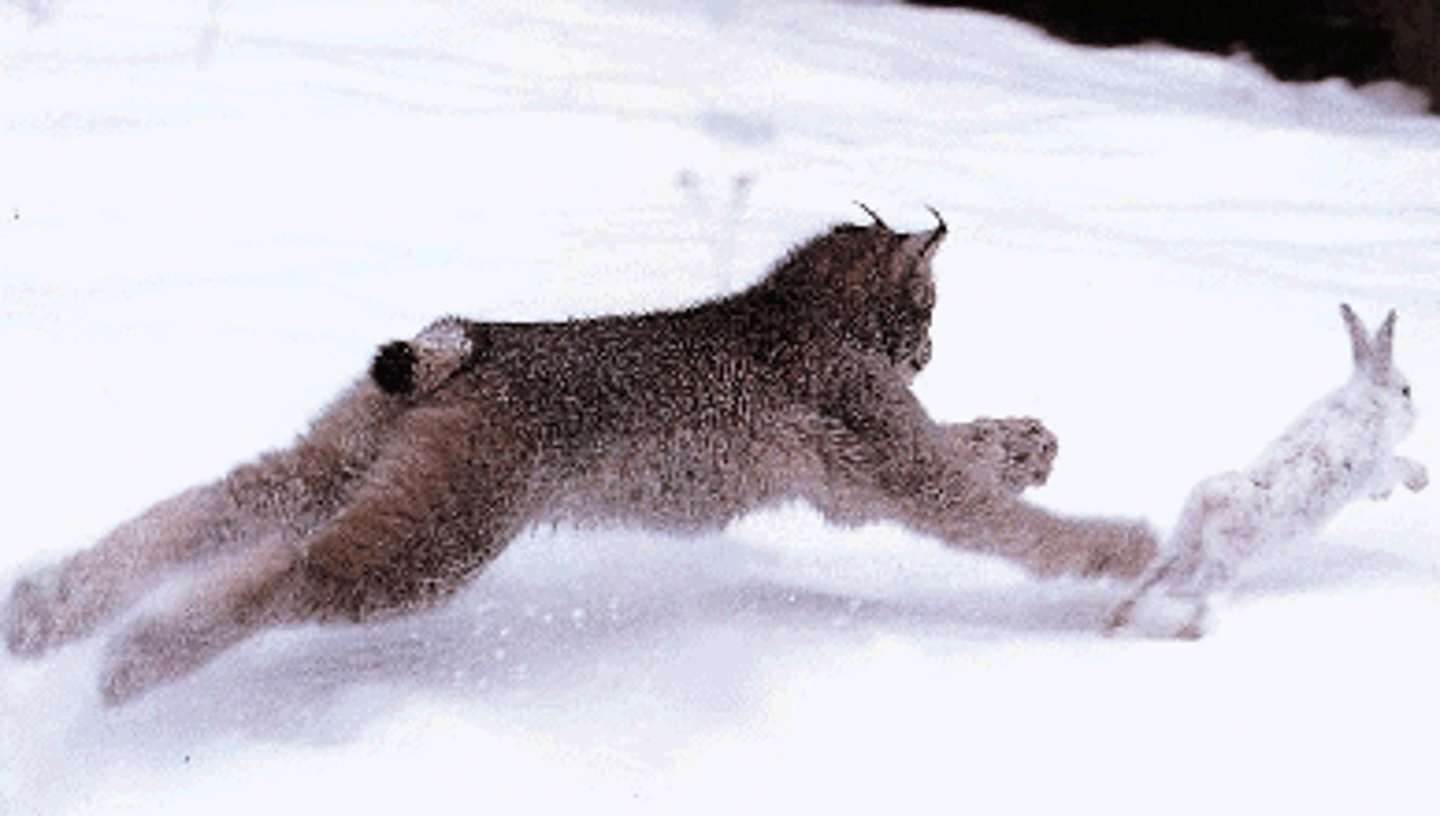
Predator Prey Relationships
- As prey pop increases, there's more food for predator
- So predator pop increase, which decreases the prey pop due to higher death rate than birth rate
- Reduced prey pop then decreases the predator pop. Intraspecific competition for food increases
- Reduced predator pop result in less prey being killing, so the prey pop increases, and the cycle begins again

Phase 1
A period of slow growth.
Small individuals that are initially present reproduce, increasing the total population.
As the birth rate is higher than the death rate, the population increases in size.
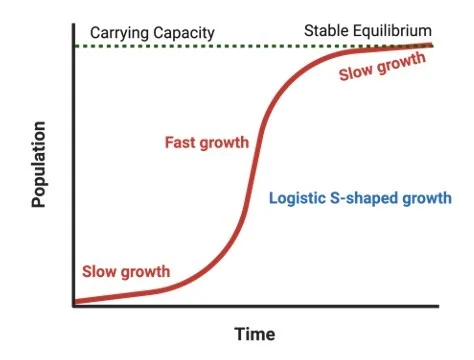
Phase 2
A period of rapid growth.
As the number of breeding individuals increases, the total population multiples exponentially. No constraints act to limit the population explosion.
What is Phase 3 in population growth?
A stable state
What prevents further population growth in Phase 3?
External constraints
How do birth rates and death rates compare in Phase 3?
They are approximately equal.
What causes fluctuations in population size during Phase 3?
Limiting factors, such as the presence of predators.
Limiting Factors
Limiting factors prevent further growth of a population and in some cases cause it to decline
Examples of limiting factors
Competition between the organisms for resources
Build up of toxic by products of metabolism
Disease
Carrying capacity
The maximum population size that an environment can support
When does the population size remain stable?
When the number of births and deaths are approximately equal
What is the term for a large decrease in population size that reduces the gene pool?
Genetic bottleneck
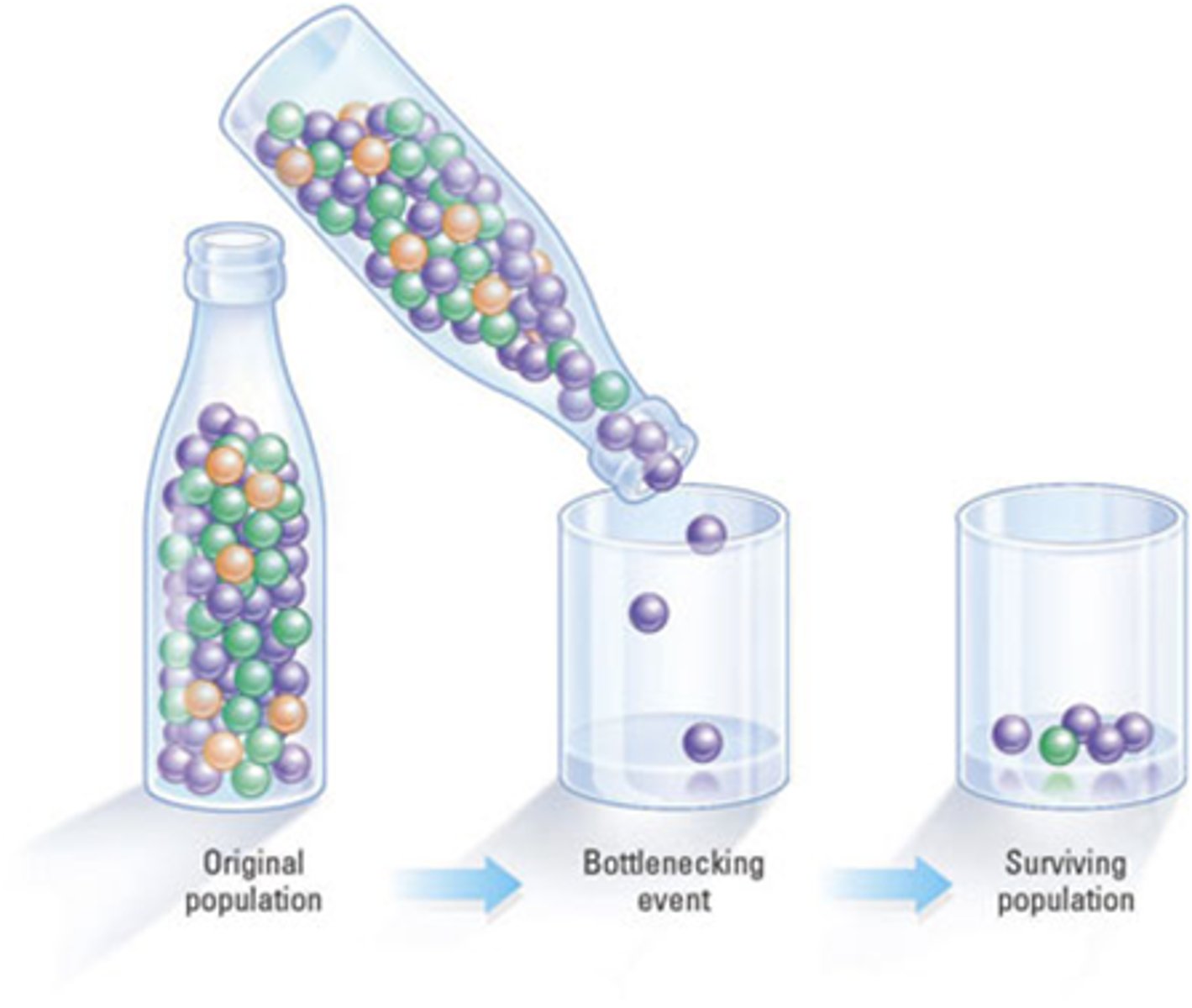
Employment of rangers
Controls poachers
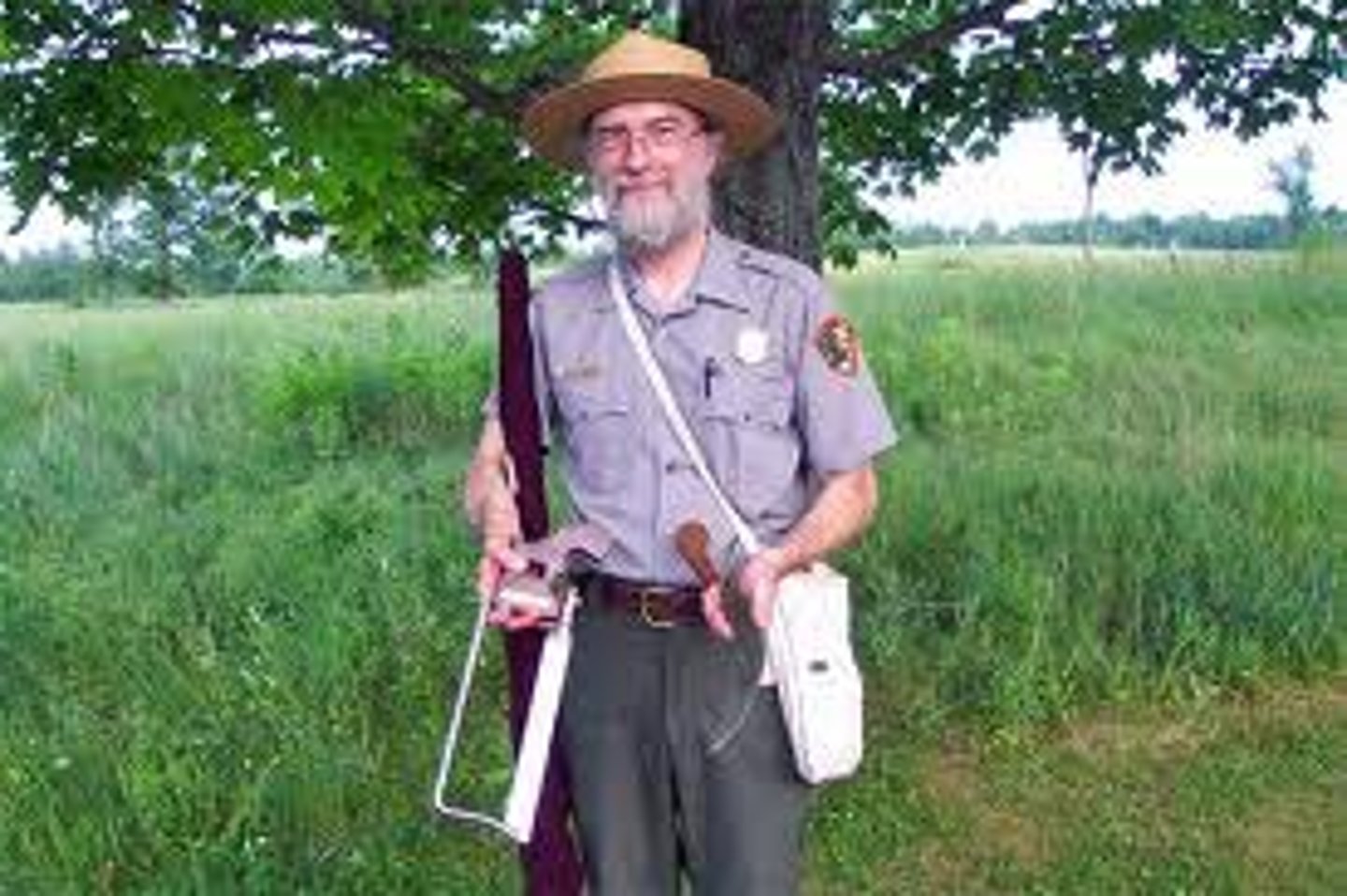
Controlled grazing
Allows time for species to recover & reduces the risk of soil erosion
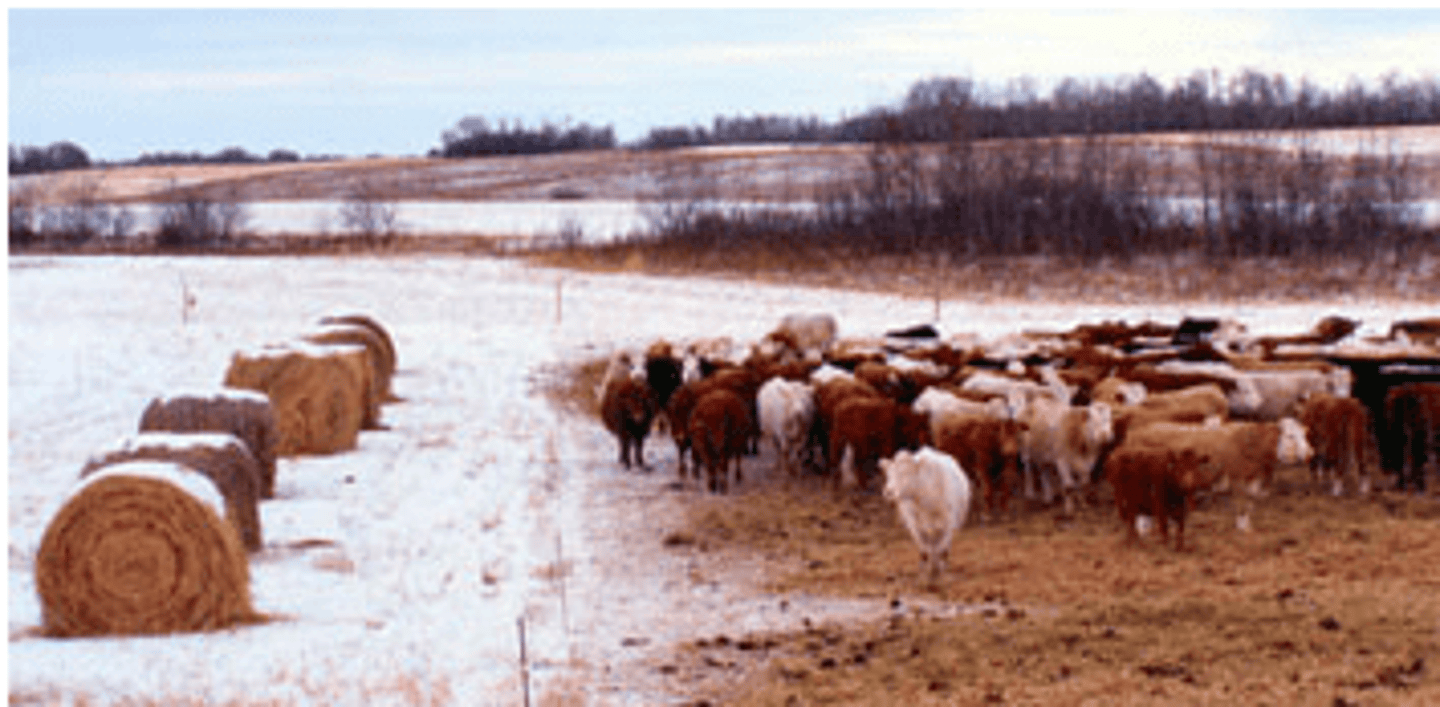
Management of Tourism
Limiting areas tourists can visit & using "ecotourism" prevents the exploitation of the environment
Can also provide revenue for conservation projects
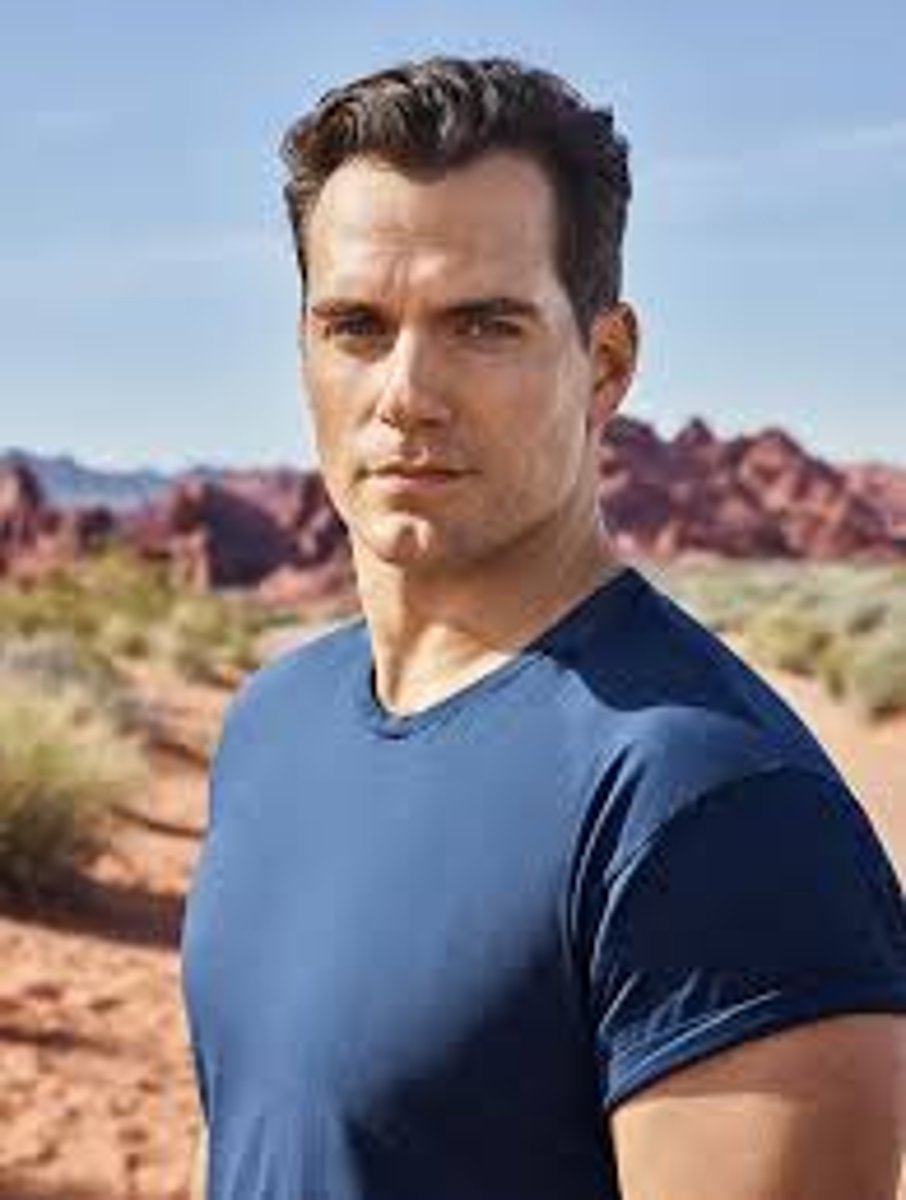
Legal hunting of excess animals
Maintains population numbers. Can bring in money for conservation projects
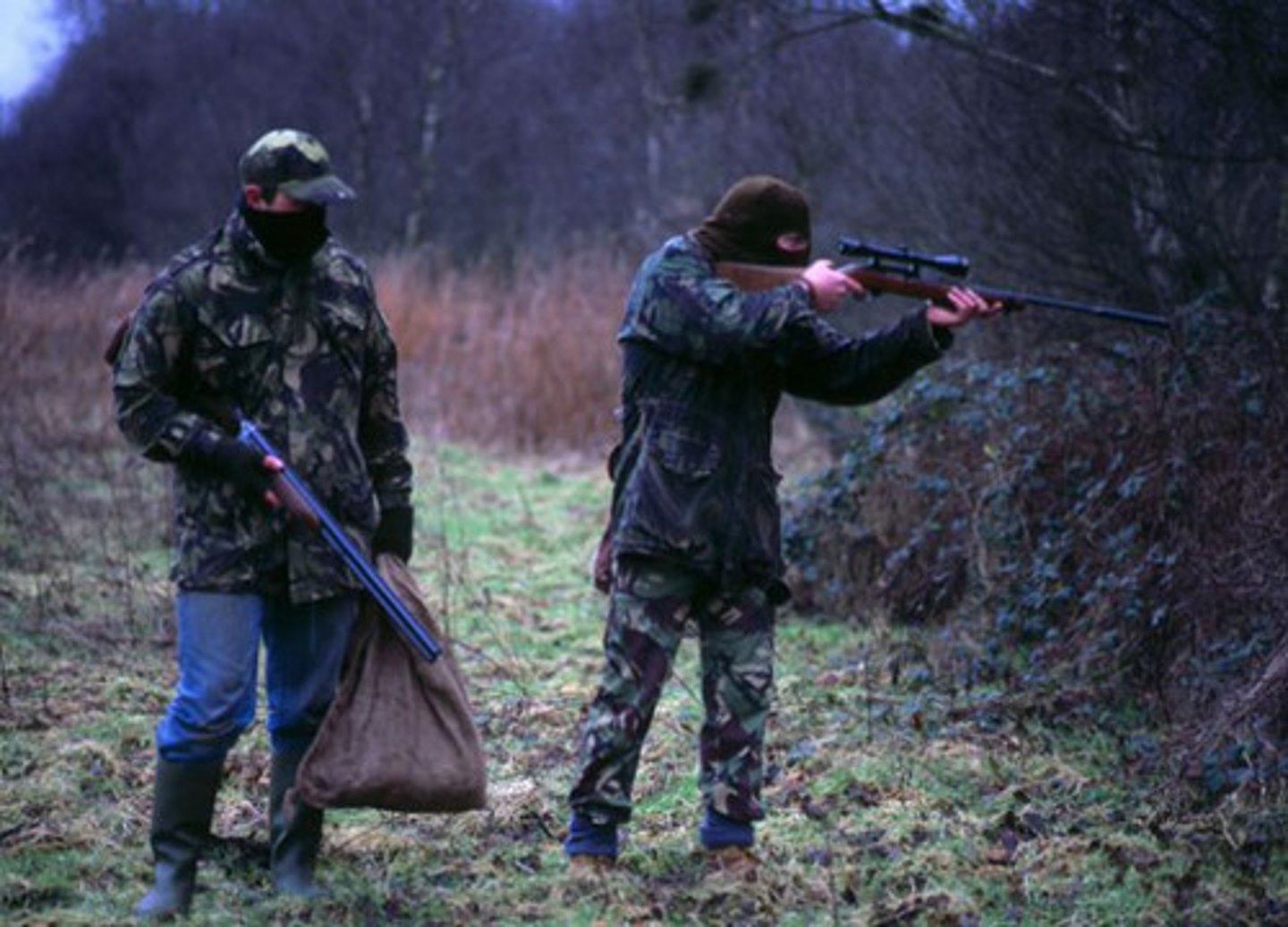
Establishing wildlife sanctuaries & nature reserves
Allows species to be conserved in their natural habitat
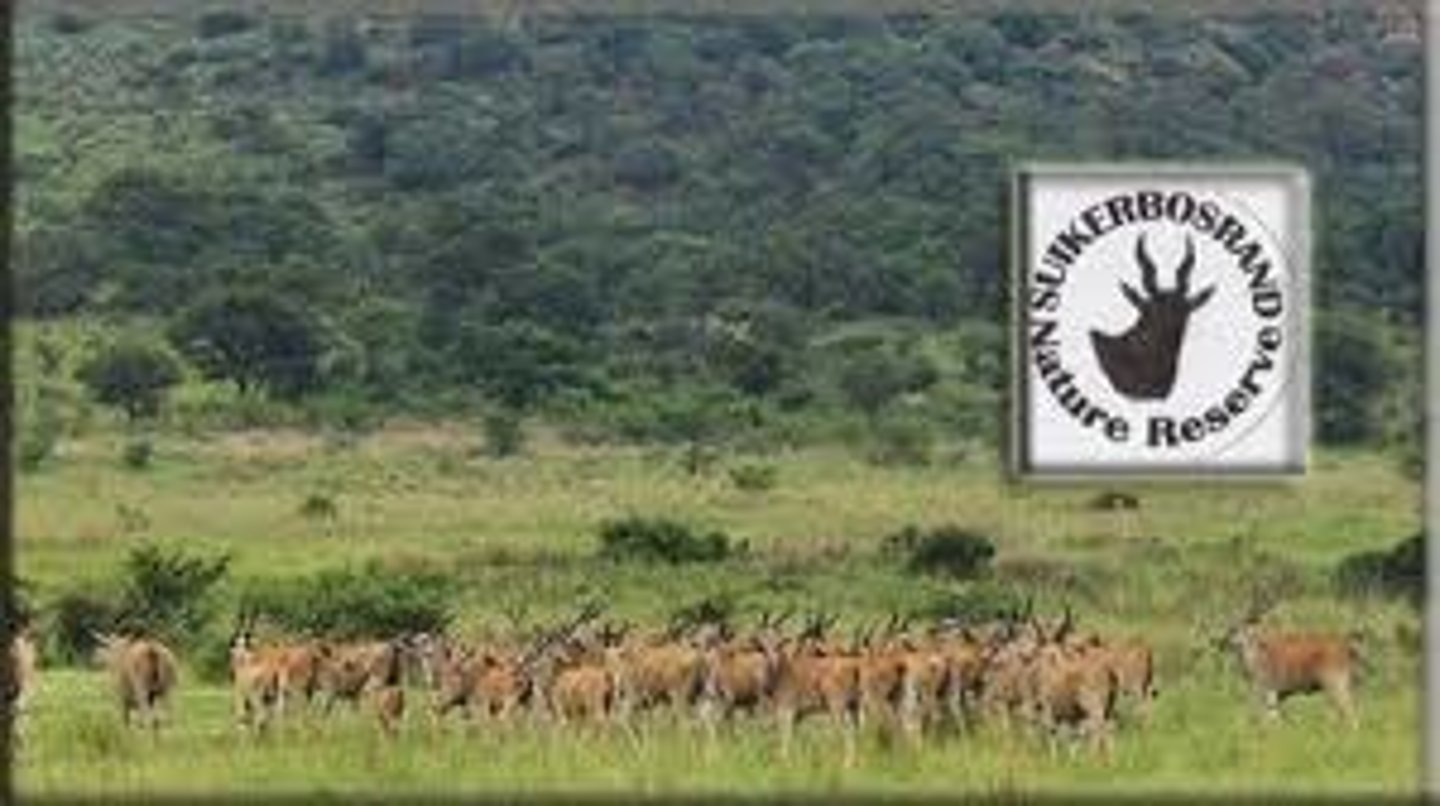
Removal of non-native species
Prevents competition with native species for resources. Allows recovery of native species populations.
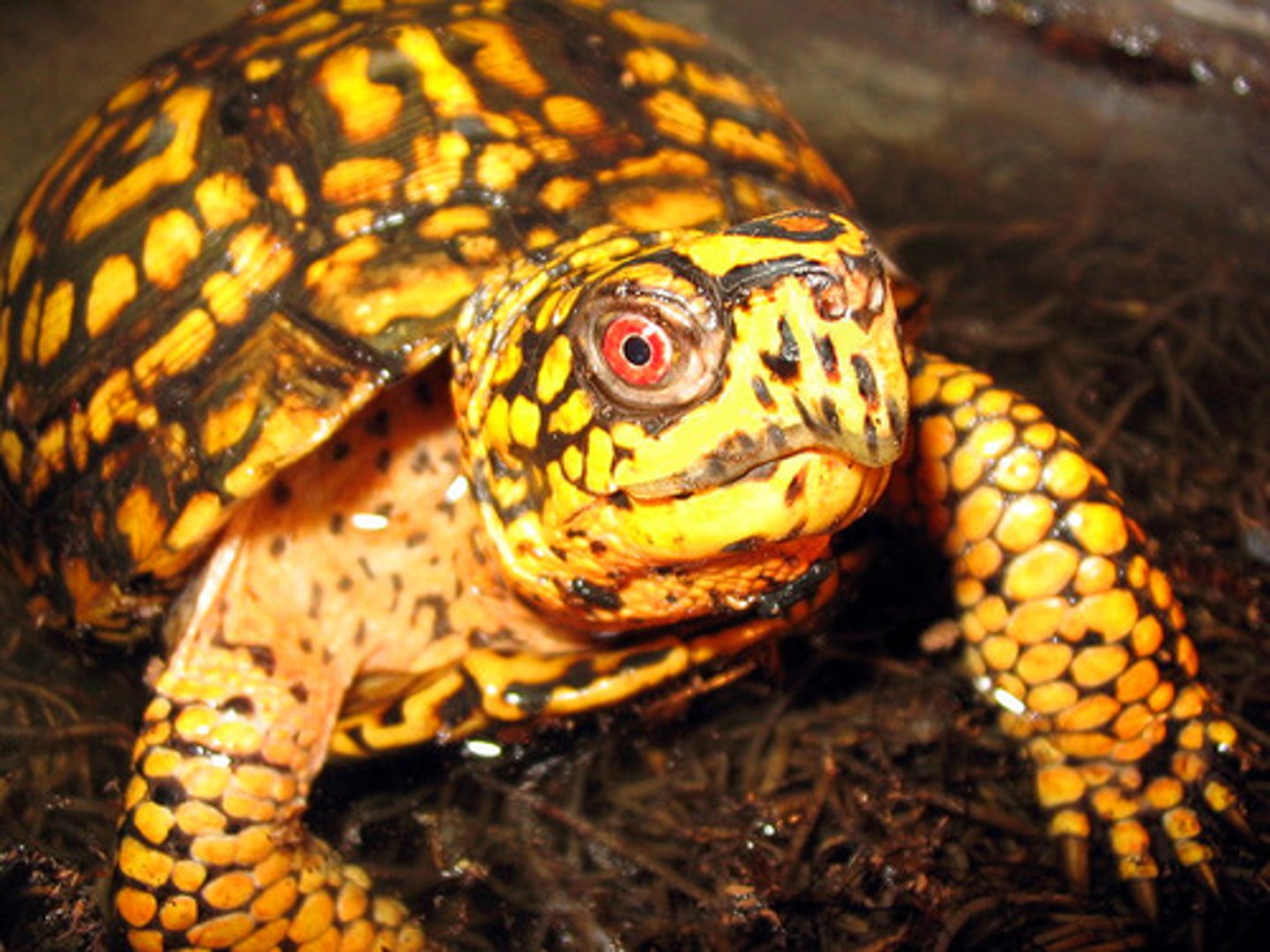
Halting succession using coppicing, mowing or grazing
Maintains areas of different ages.
Protects some habitats such as heathland & moorland becoming woodland.
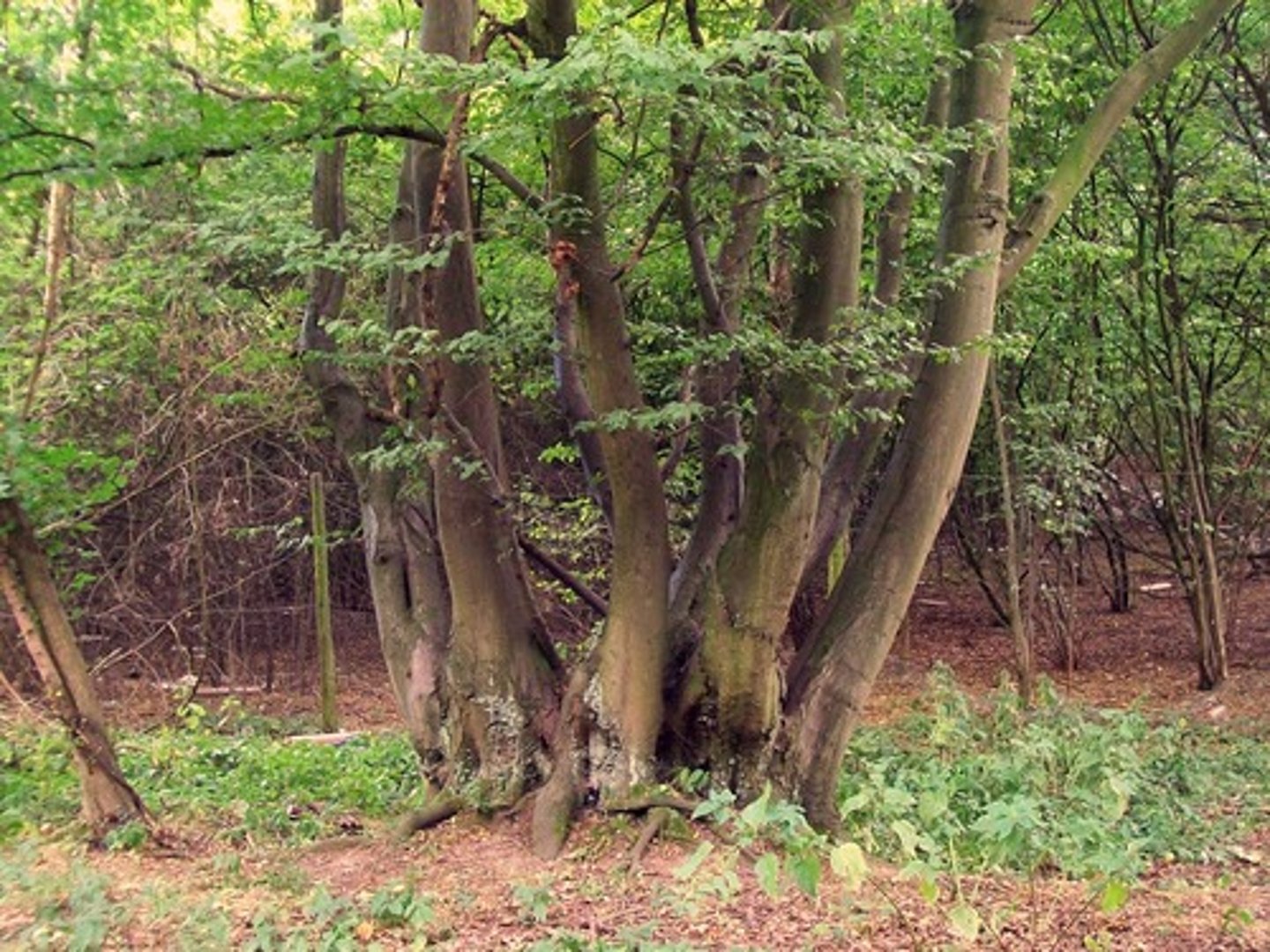
Why is sustainable forest management good?
It provides with sustainable wood fuel resources, secures biodiversity of forests, improves soil and water management.
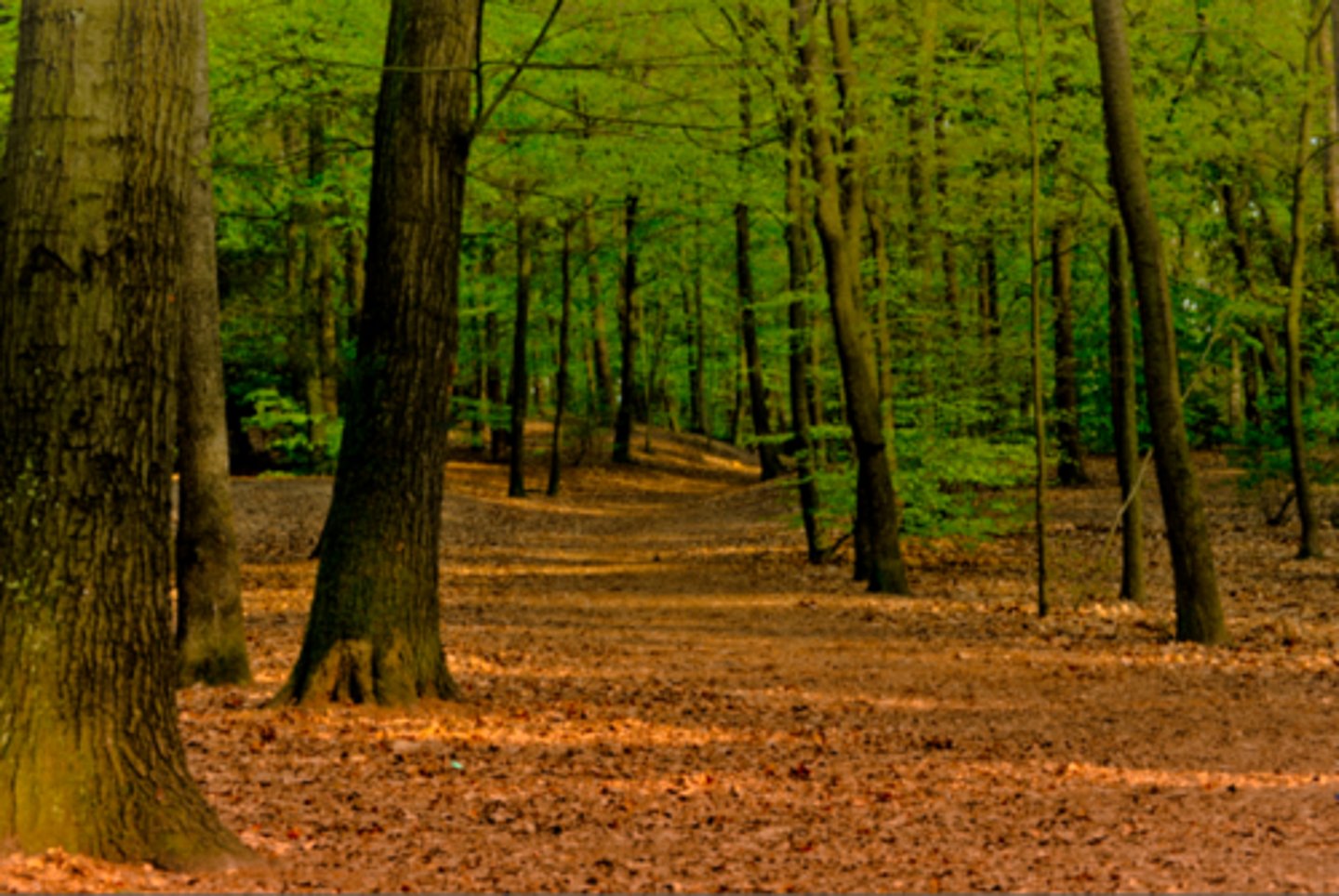
Sustainable agriculture
Secures economic welfare of residents & biodiversity, improves soil fertility & crop yields.
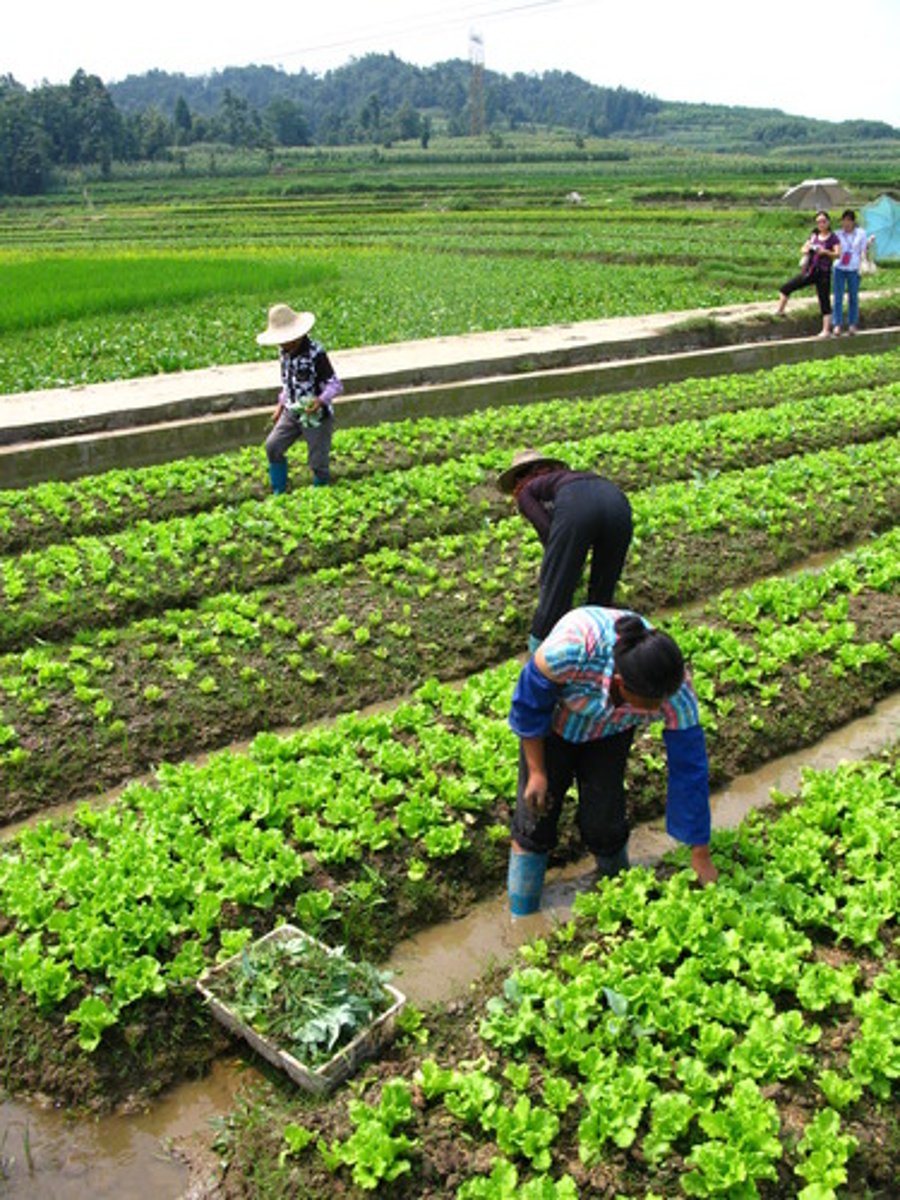
Rewilding
Rebuilds a natural ecosystem
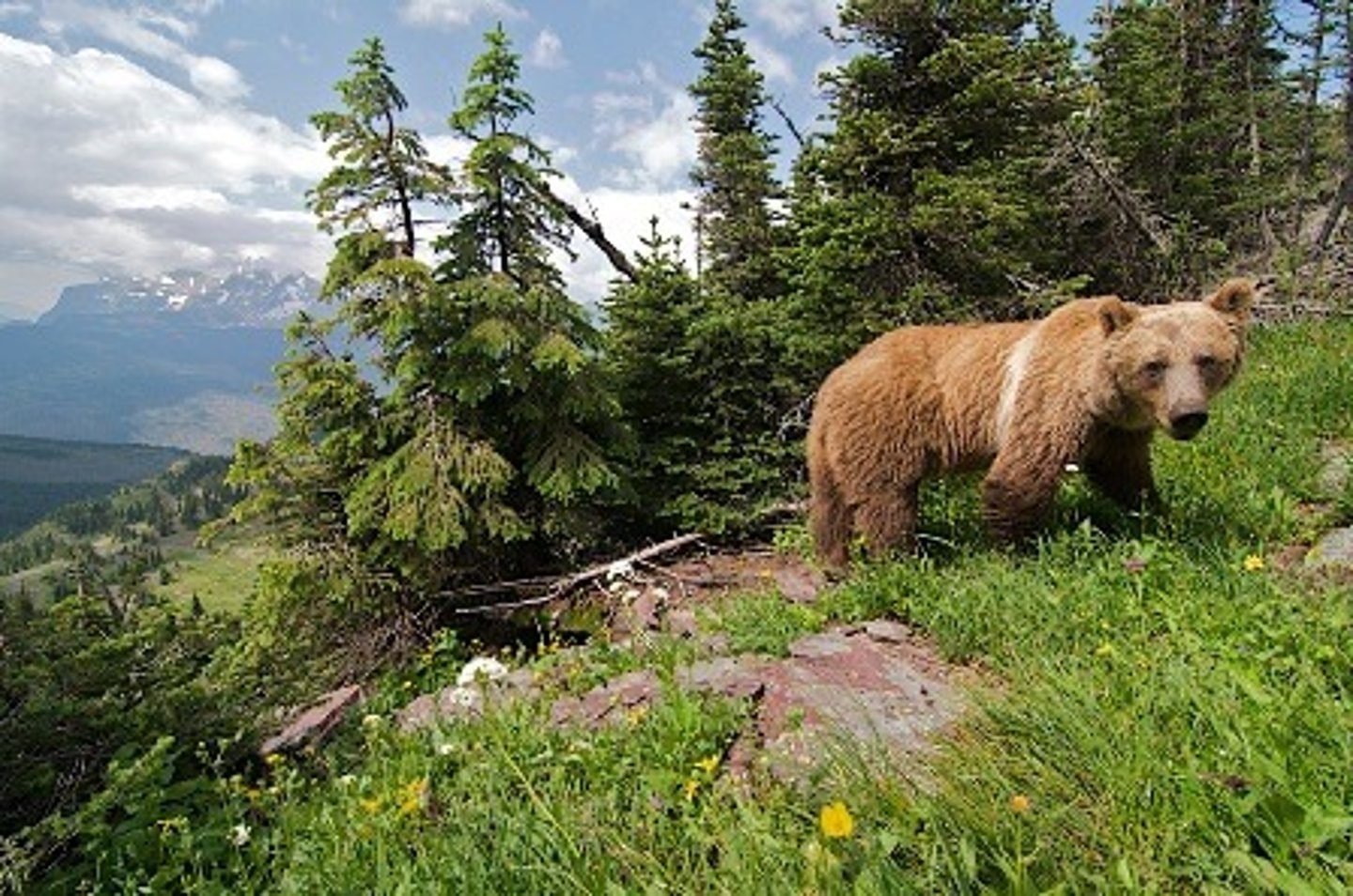
Footpath signage
Allows walkers to visit area but keeping to designated areas prevents trampling of vegetation or disturbance of ground nesting birds
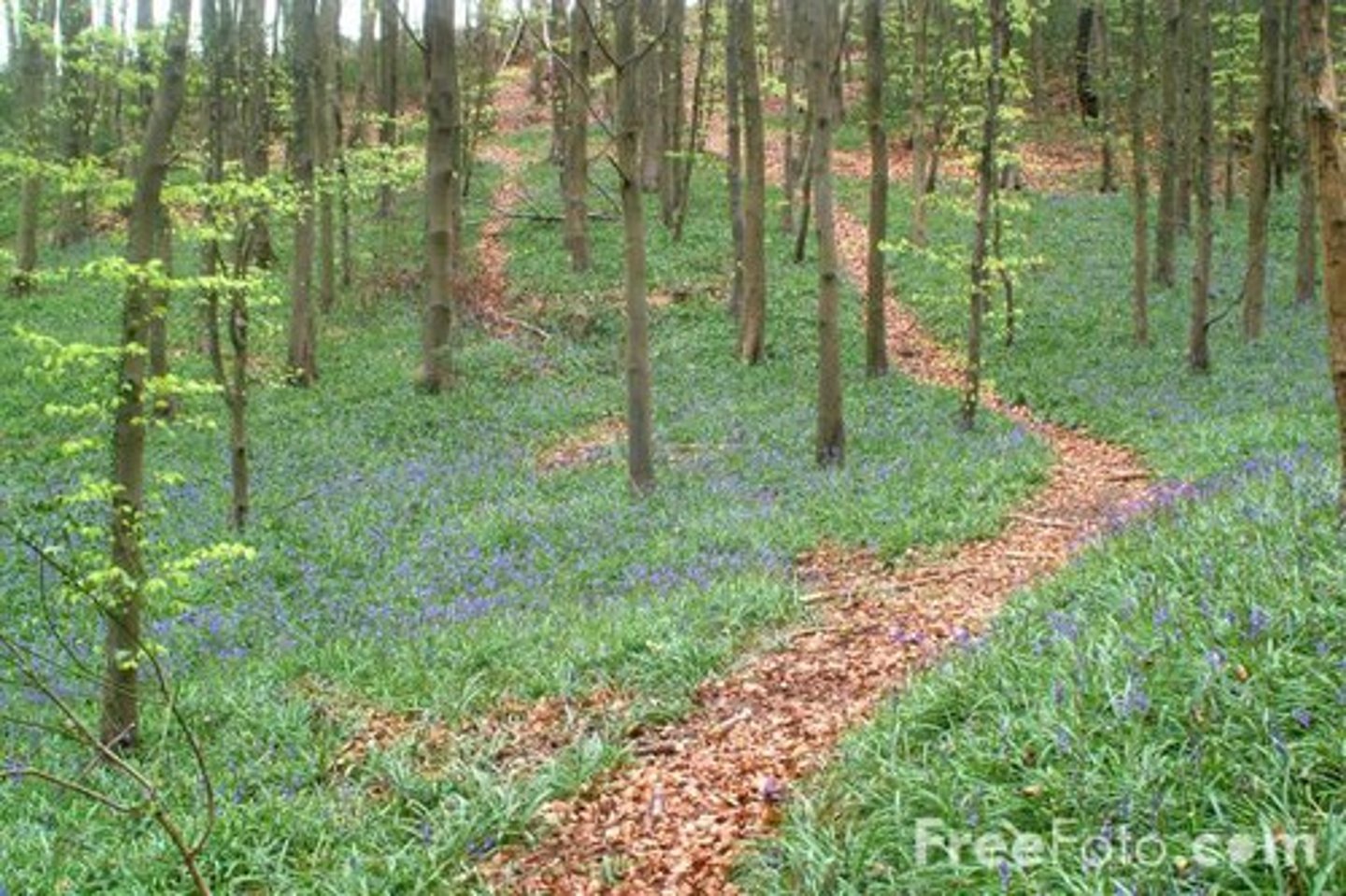
Limiting recreational activities such as mountain biking
Prevents large tyre treads damaging vegetation and topsoil, prevents soil erosion.
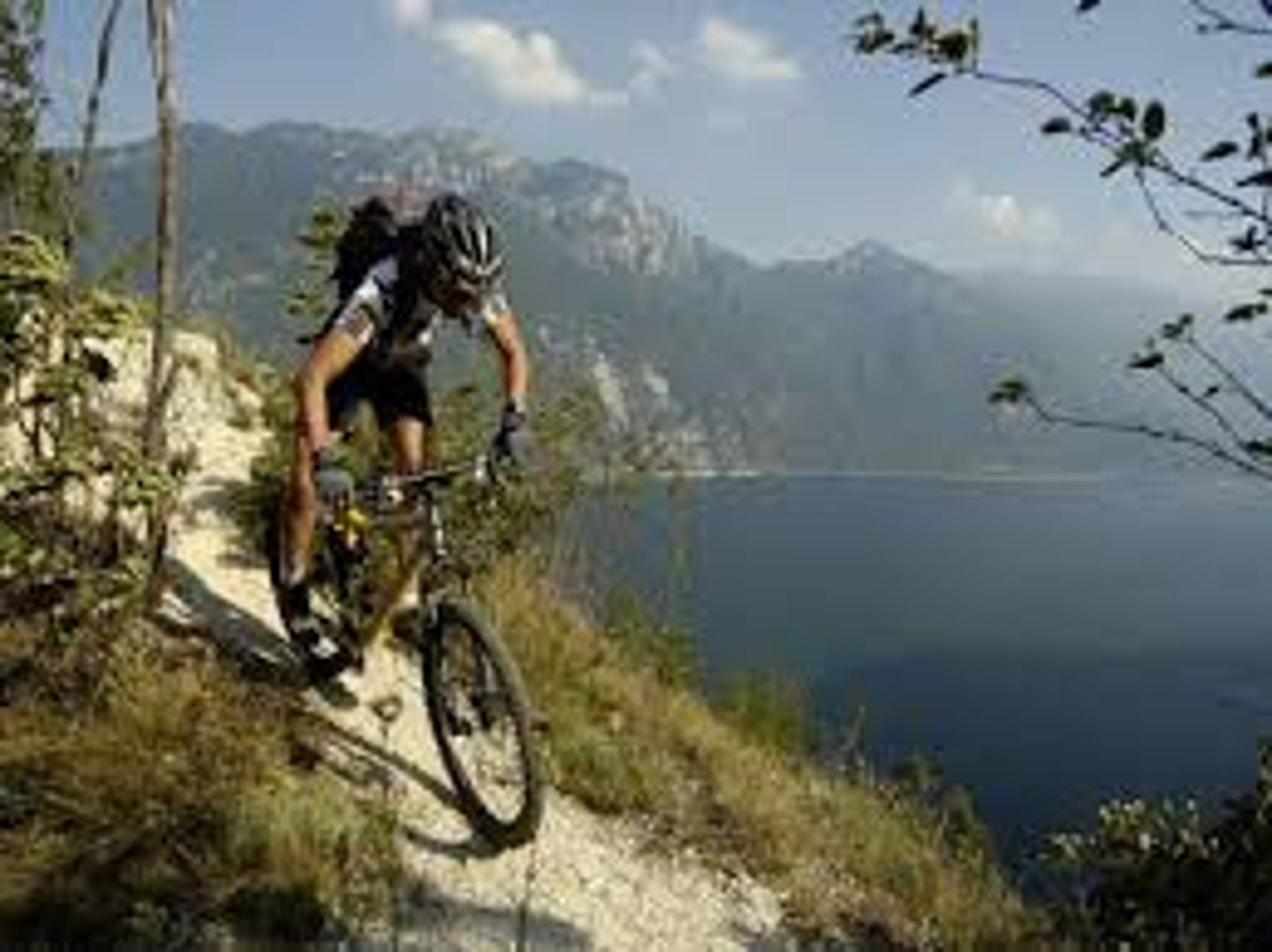
Reintroduction of native species
Restoration of the natural food web
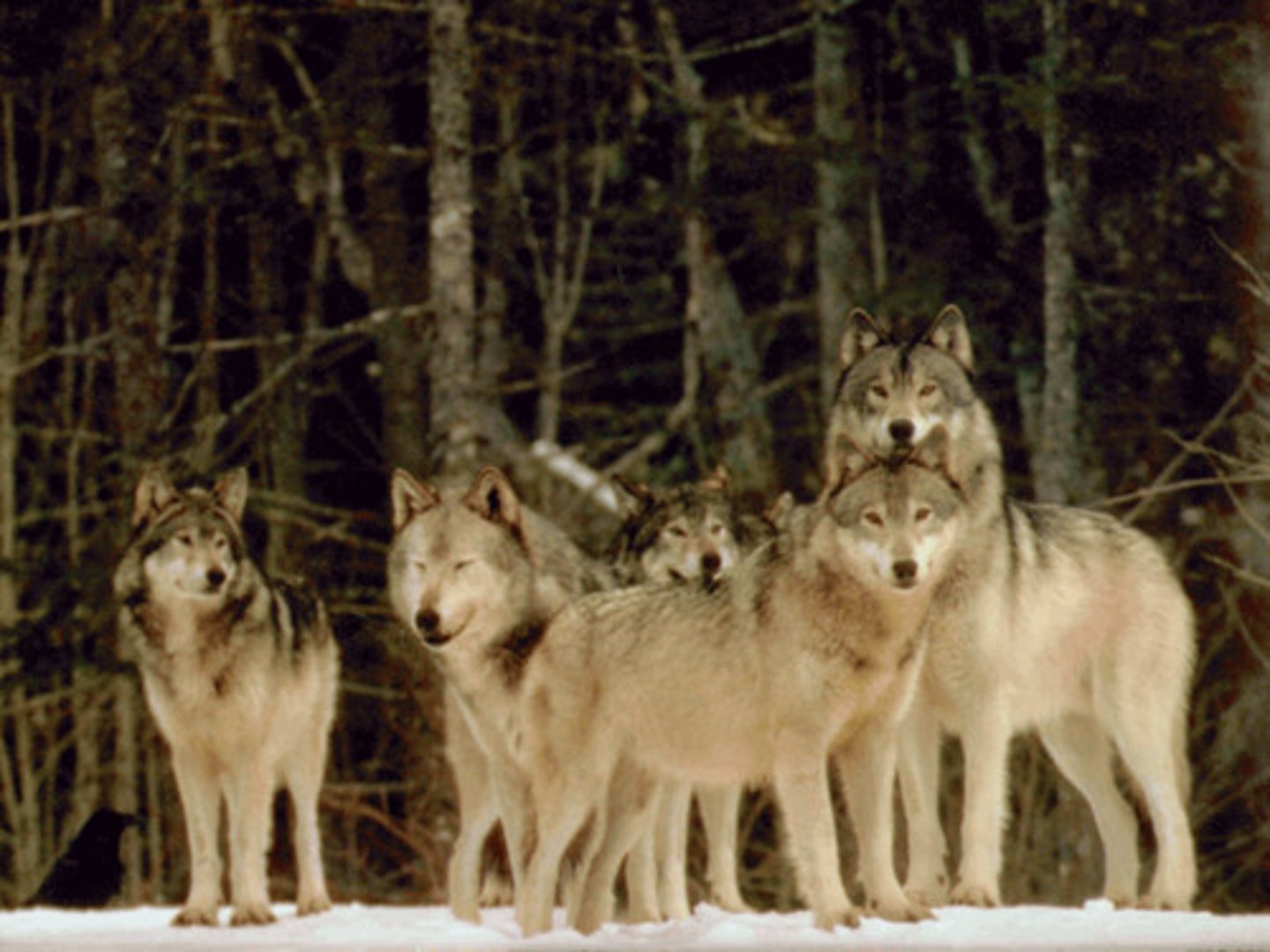
What are the aims of sustainability?
To preserve environment
Ensure resources available to future
Allow all human societies to live comfortably
Enable less economically developed countries to develop by exploiting their natural resources
Create a more even balance in the consumption of resources in more economically developed countries and LEDCs.
Timber Production:
- Rotational felling
- Clear felling
- Strip felling
- Selective felling
- Coppicing
- Pollarding
Rotational felling
- Planting a site
- Felling the trees when reached maturity
- Takes 8-20 years
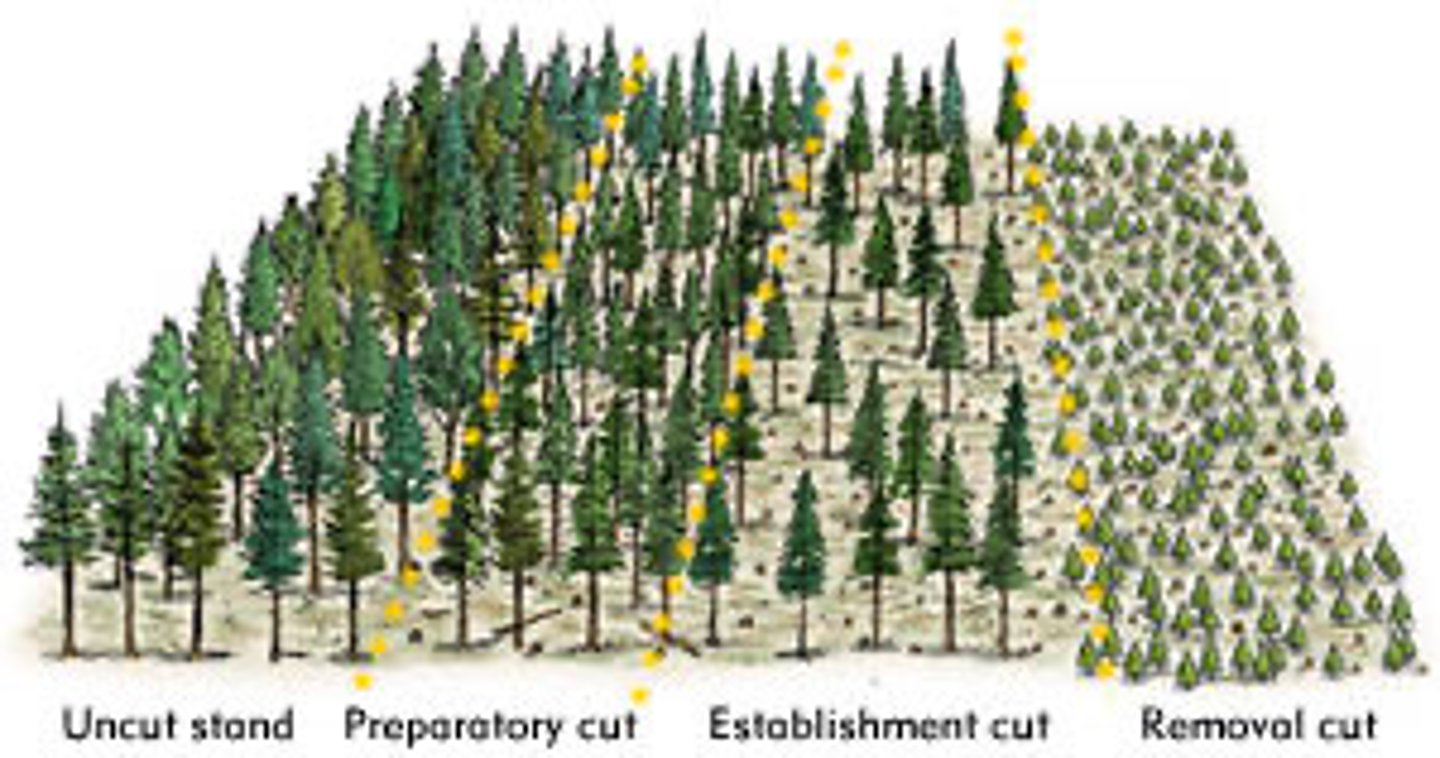
Pros of Clear felling
It is a productive and economical method of timber production
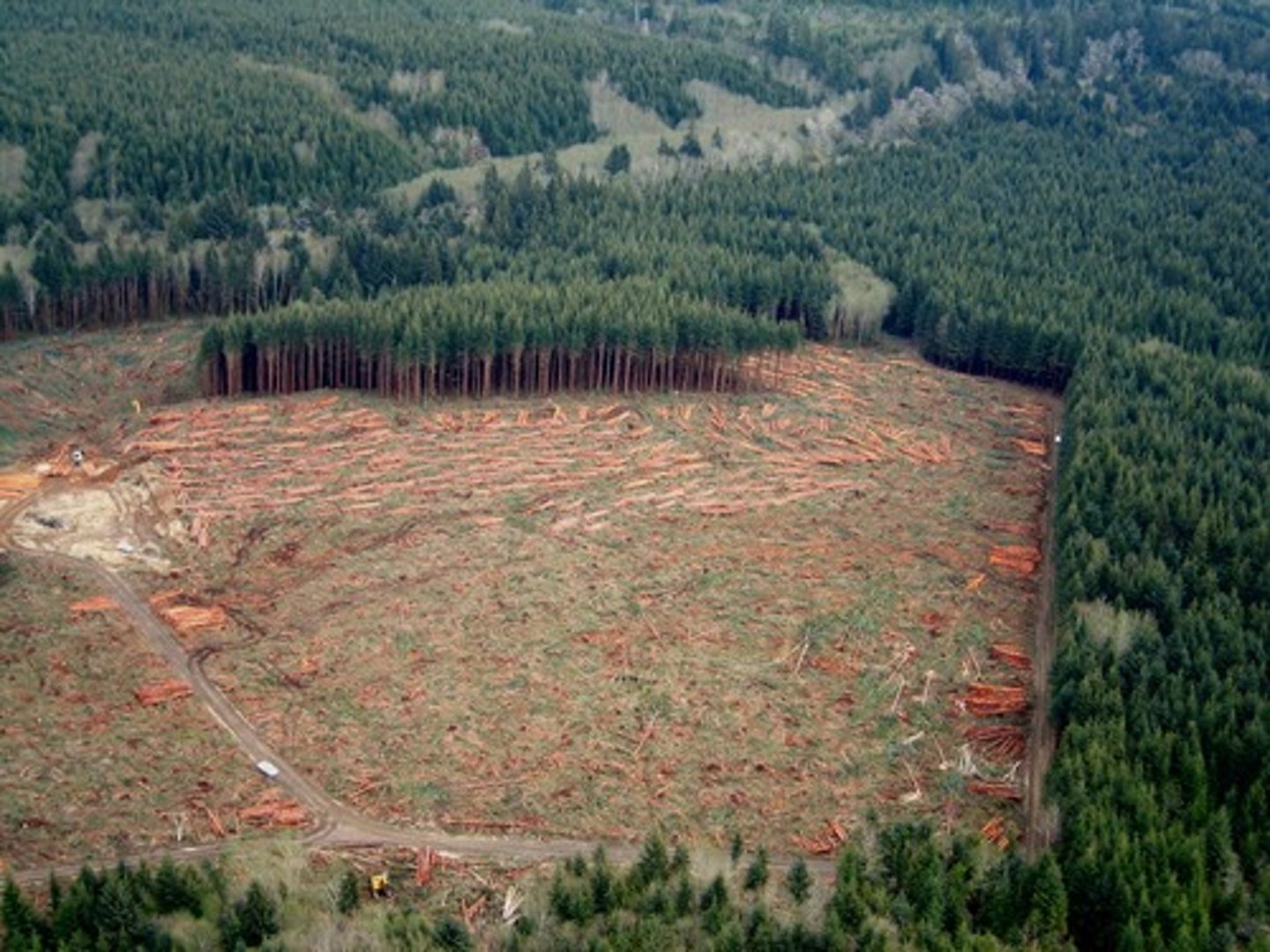
Cons of Clear felling
All trees are removed including their roots which is devastating for the natural environment

Pros of Strip felling
Narrow strips are cut so that forest on either side can regrow and reclaim the land, allowing forests to be logged with minimum effort and damage
- Allows other trees to grow to maturity and also leaves enough for habitats for animals
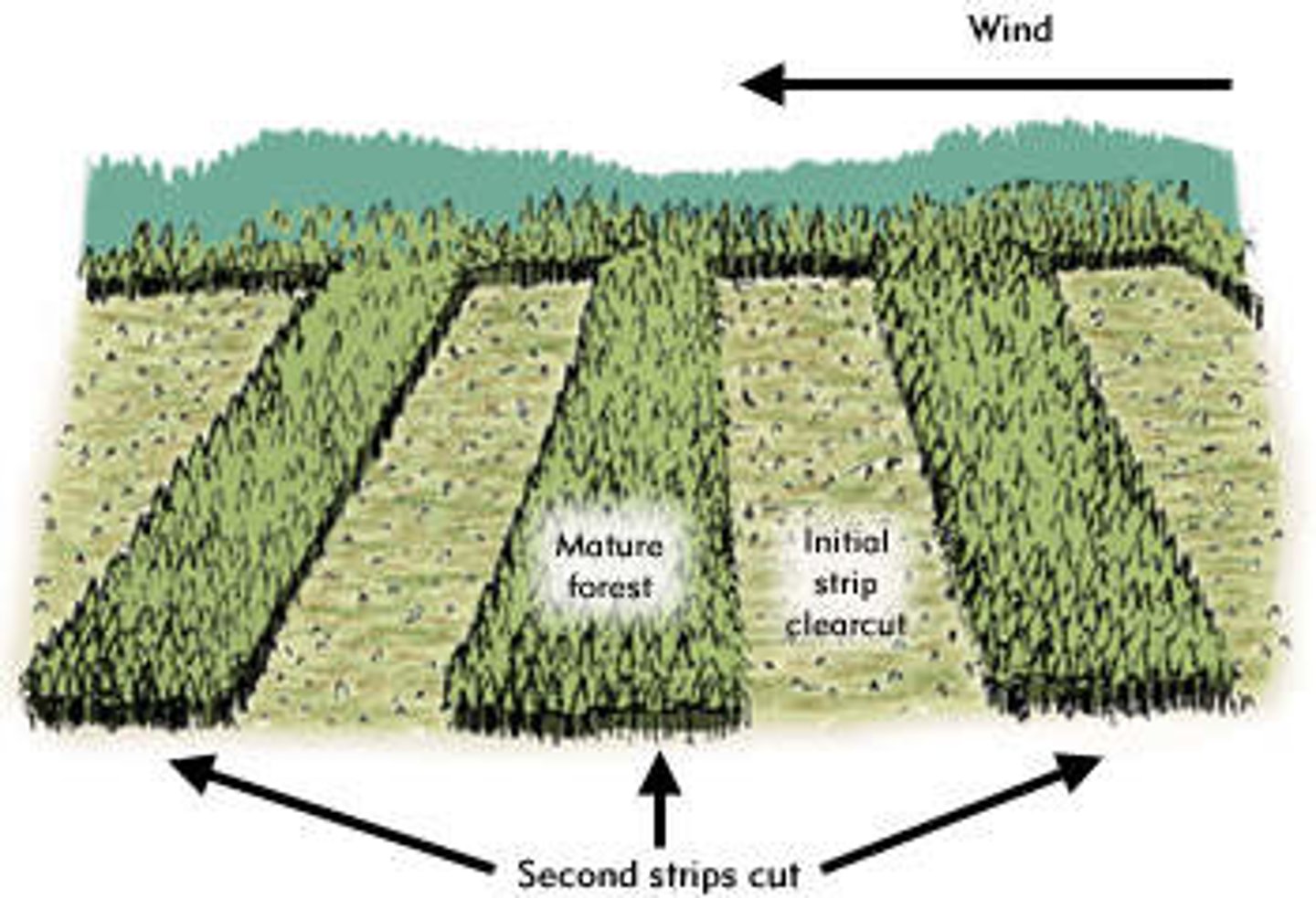
Cons of Strip felling
Better than clear cutting but leads to habitat fragmentation

Pros of Selective felling
- Only older trees are felled and newer trees remain, ensuring continual regeneration of young seedlings
- This allows other trees to grow to maturity
- Leaves enough trees for habitats for animals
- Works well for forests with fast-growing trees.
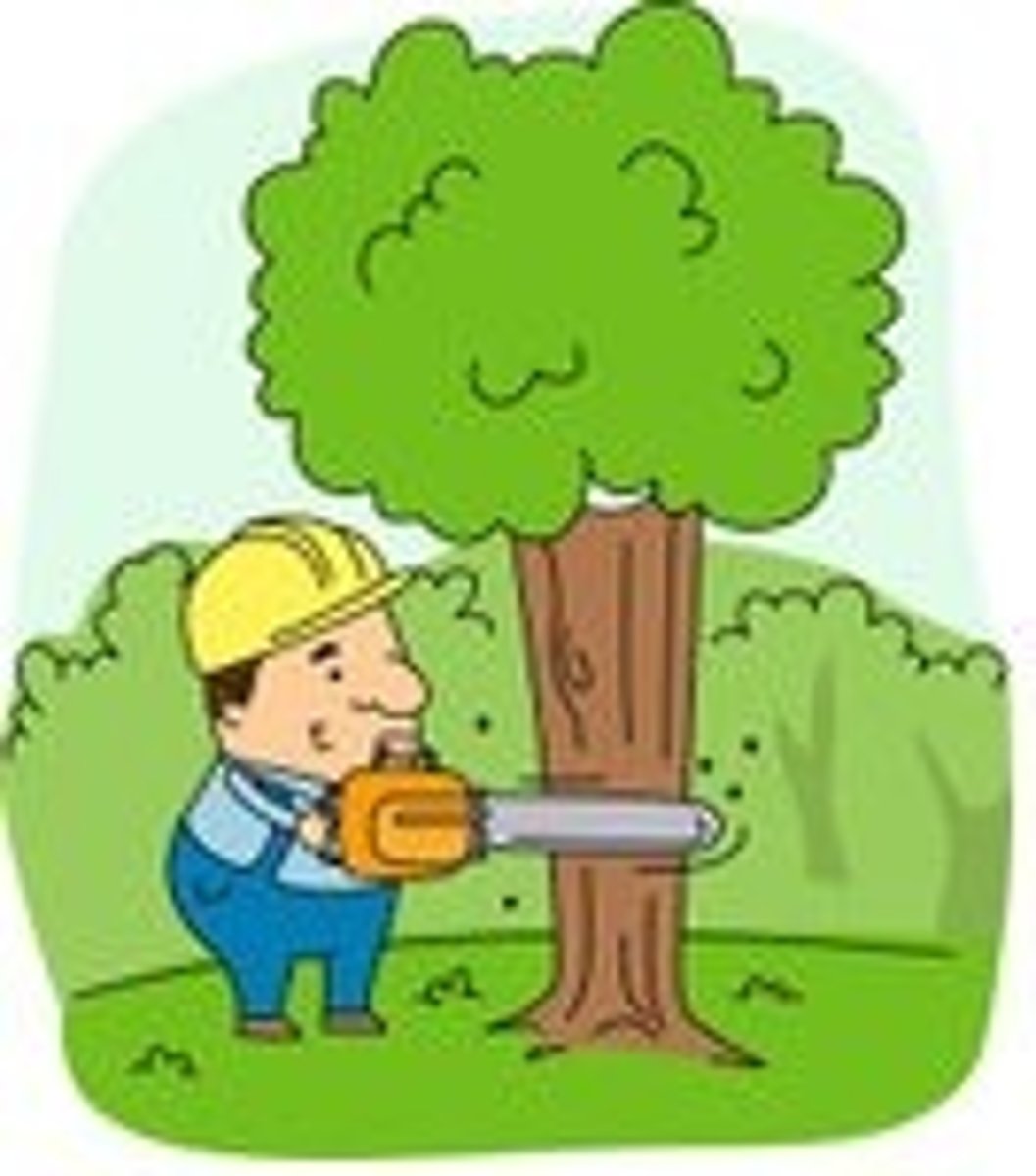
Cons of Selective felling
Helicopters are often needed and there is risk of damage to neighbouring trees.
It does not suit forests with slow growing trees.

After felling a tree, what should you do that would make this process sustainable?
Replant the tree
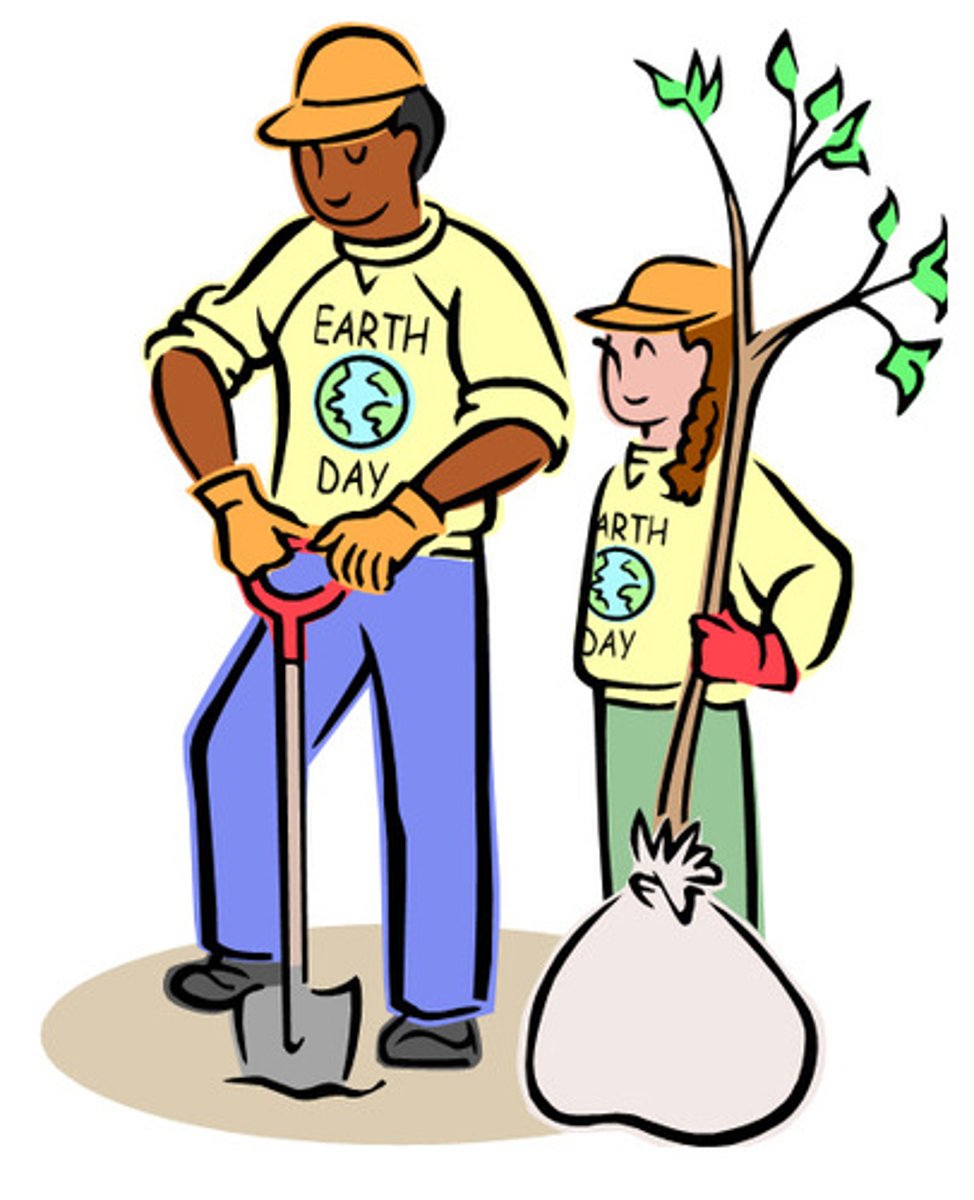
How should you fell sustainably?
- Limit the size of the area being felled to reduce soil erosion
- Replant trees that have been felled
- Have optimum distances between replanted trees
- Rotate areas that are felled to allow trees to mature.
Coppicing
- Trunk cut close to ground level
- Several new shoots will grow from cut surface
- Process repeated after certain time
Pros of Coppicing
- Can be repeated indefinitely
- Lifespan of tree extended
- Provides variety of light levels
- Fewer large trees means more light for smaller plants
- Provides a variety of habitats and maintains biodiversity
- Roots are present, and therefore prevent soil erosion
- Maintains soil quality
- Prevents succession
- Large machinery not needed therefore less disturbance
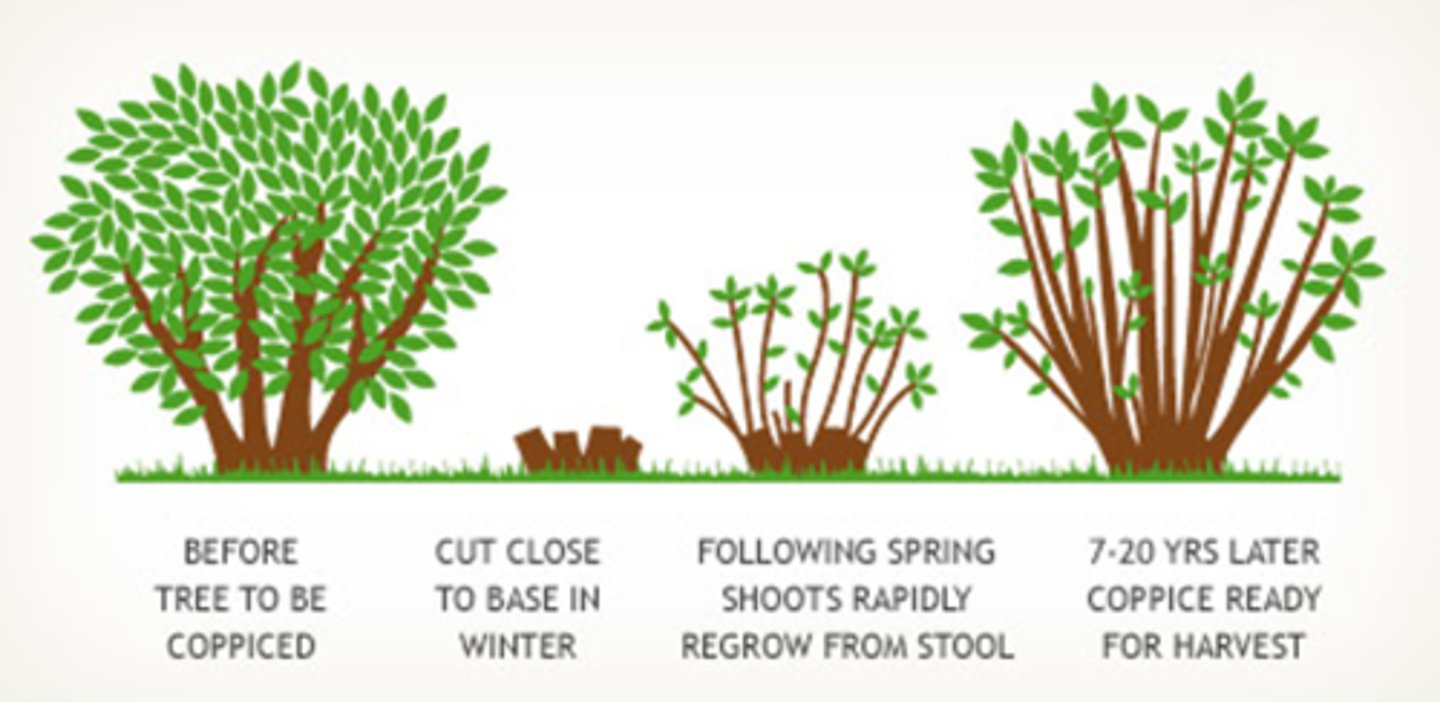
Cons of Coppicing
Herbivores have access to the newly forming shoots and damage them therefore you need to protect young shoots from grazers.
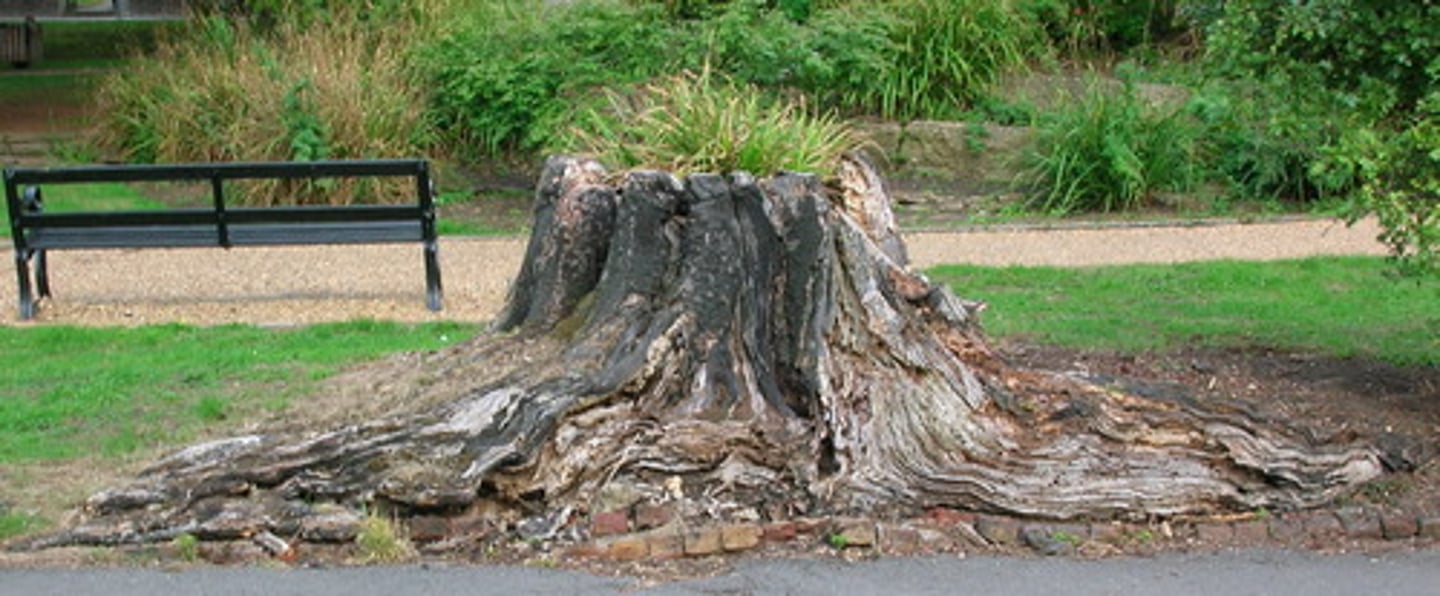
Pros of Pollarding
The tree trunk is cut high above ground so there is less chance of damage from herbivory (you have to say herbivory cause deers don't eat meat)
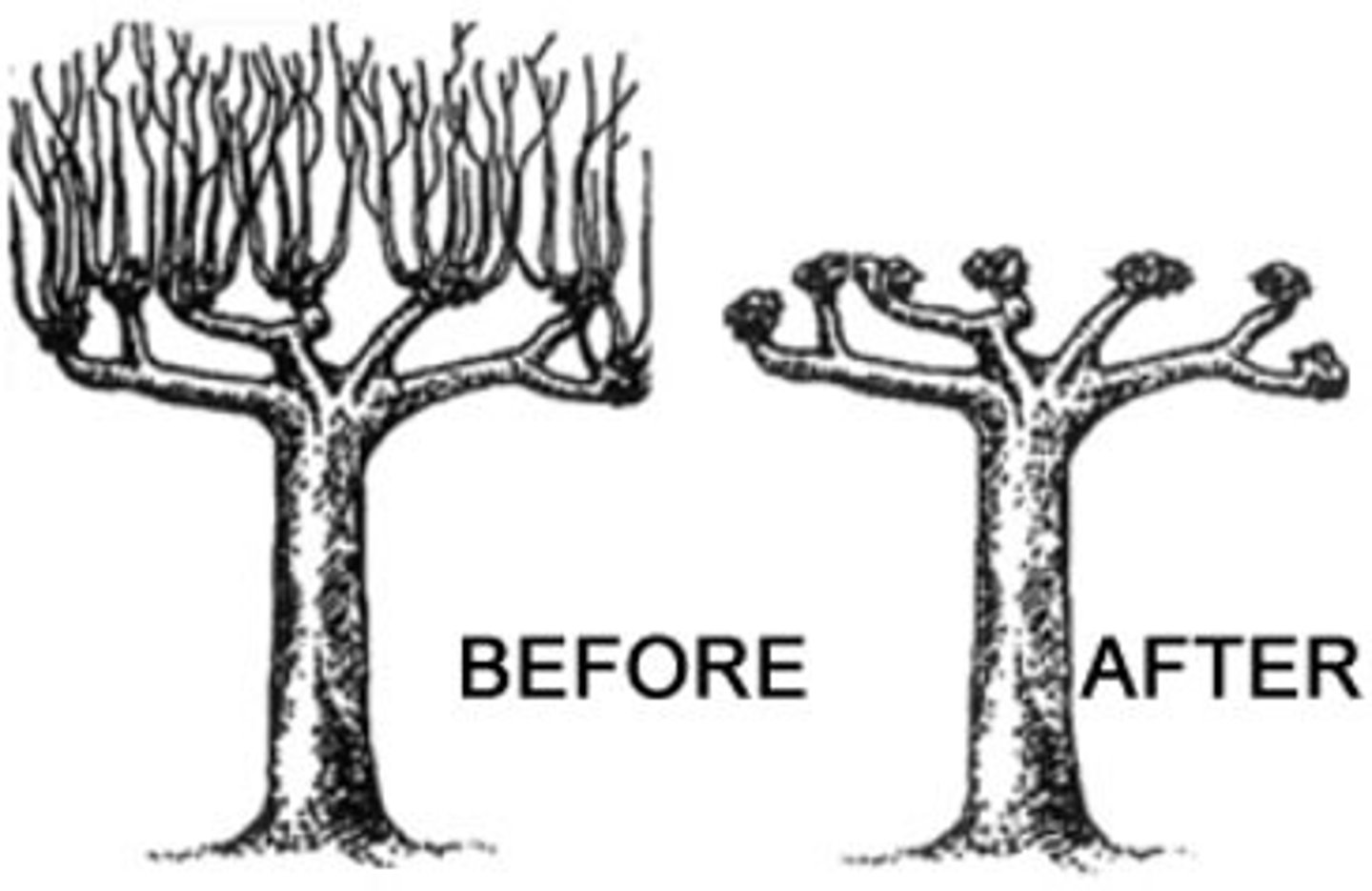
Cons of Pollarding
The timber produced is small in size and not suitable for construction.
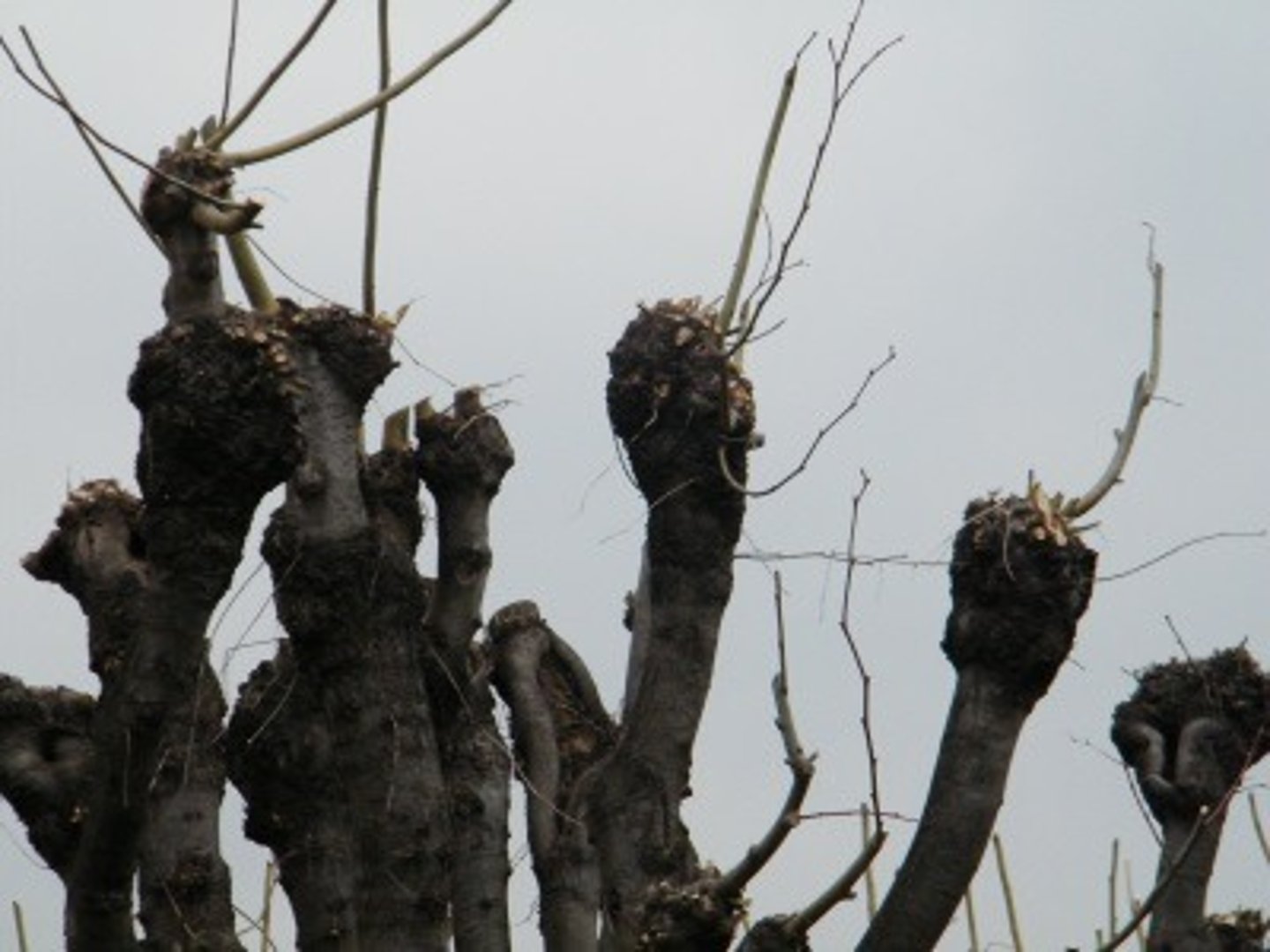
Sustainable Fishing Organisations:
ICCAT
CFP
NAFO
ICCAT
International Commission for the Conservation of Atlantic Tunas
Organisation responsible for the management and conservation of tuna and tuna-like species in the Atlantic Ocean and adjacent seas
CFP
Common Fisheries Policy
Puts fishing quotas on the numbers of certain fish that are allowed to be caught in a particular area
NAFO
Northwest Atlantic Fisheries Organisation
An intergovernmental organization with a mandate to provide scientific advice and management of fisheries in the north-western part of the Atlantic Ocean
Use of nets with larger mesh sizes
It lets smaller fish out so they can continue to grow and breed until they are larger
Setting up fishing exclusion 'no catch' zones
Provides an area for fish to grow to adulthood and to breed safely. This can restock other, adjacent areas.
Restricting use of small hook sizes
Ensures small fish are not taken and can survive long enough to breed
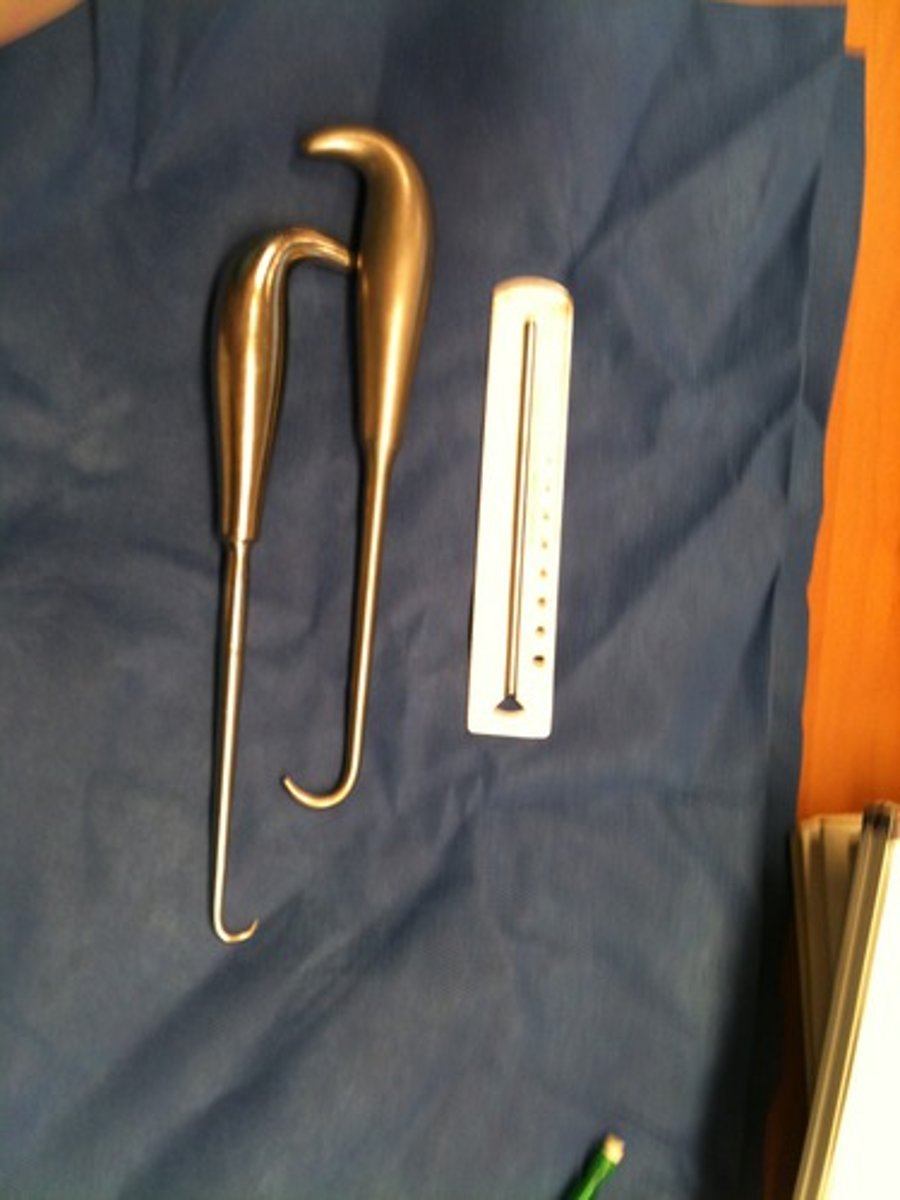
Issuing fishing quotas or limit mass of fish caught
Limit the mass/number of fish caught
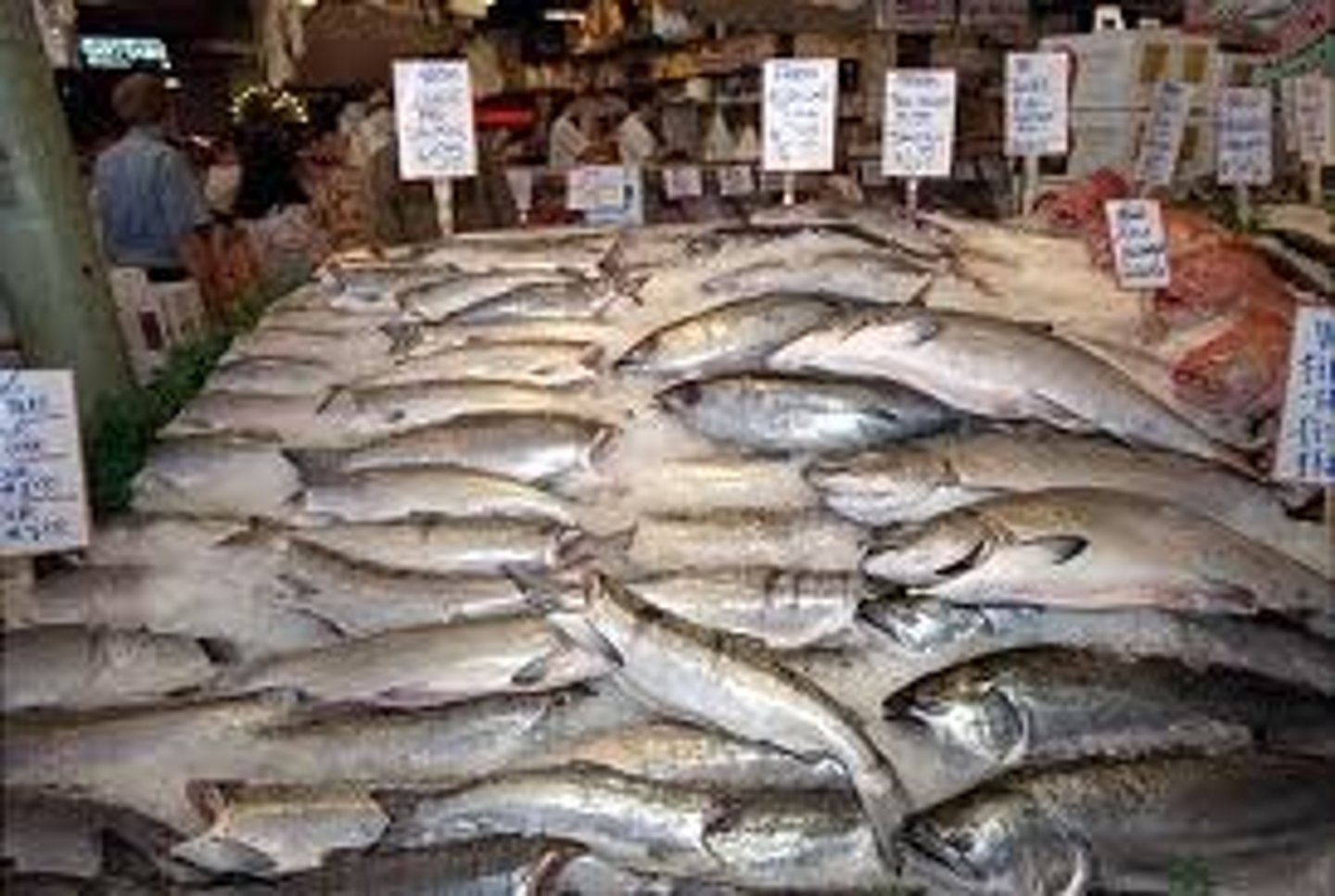
Restocking the sea with young fish
To increase chance of fish reaching adulthood and breeding safely
Allowing commercial and recreational fishing only at certain times of year
Protects the breeding season so that breeding can be maximised.
Limiting the number of boats that can fish in an area
Limit the mass/number of fish caught
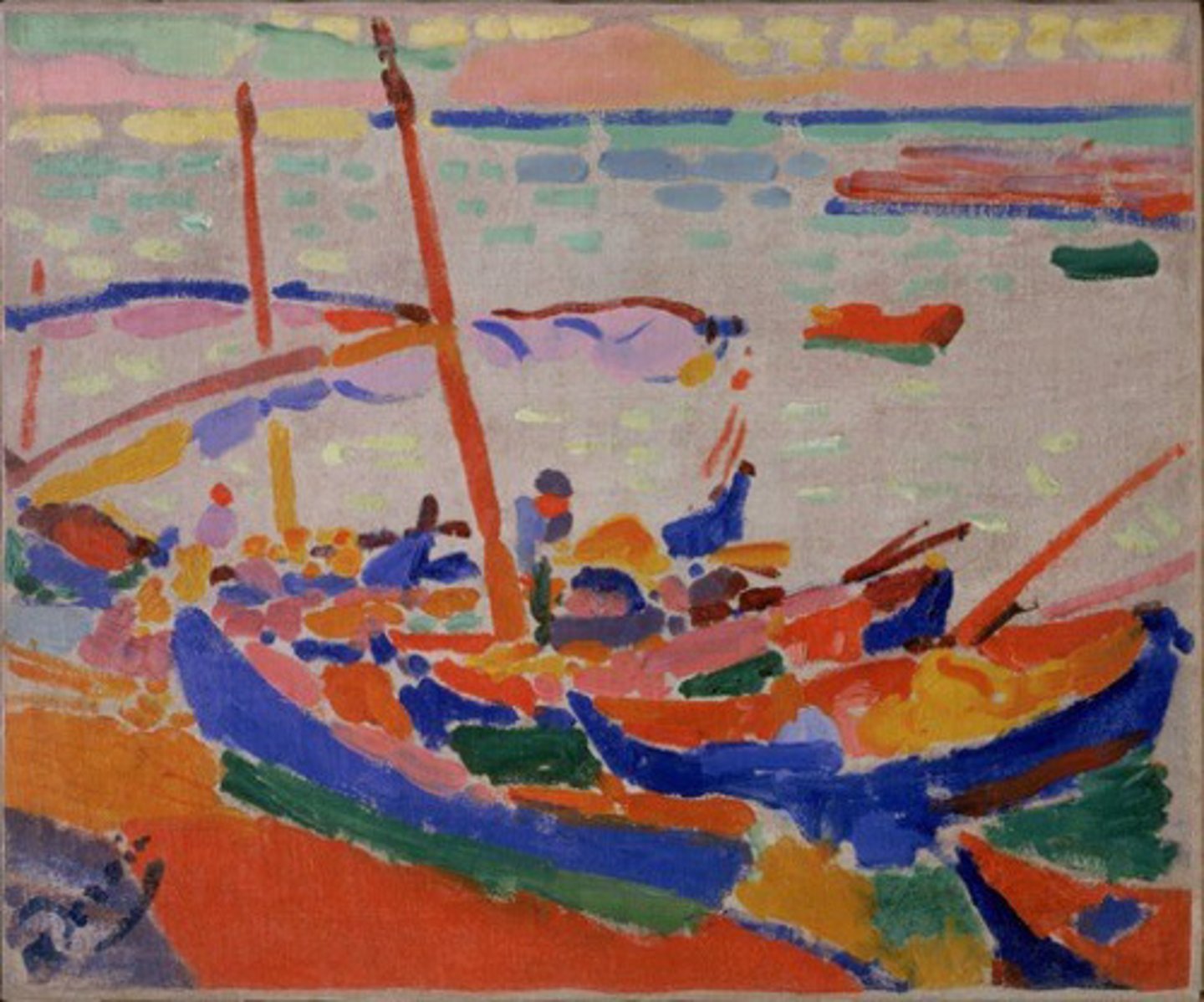
Inspection of catches landed at ports
Ensures regulations are being followed
Introduction of fish farming
Reduced pressure on wild populations
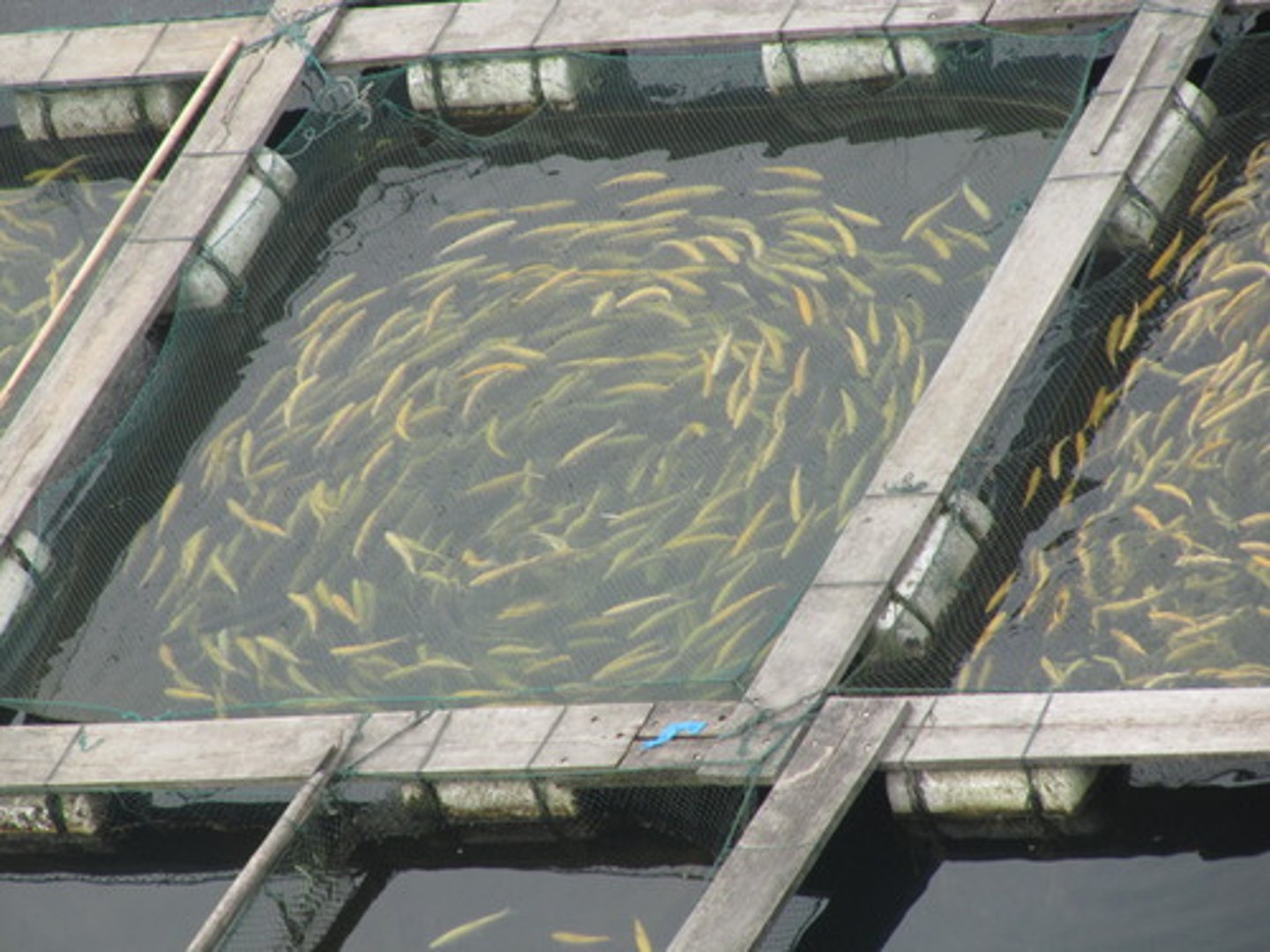
Creating marine conservation zones
To protect vulnerable habitats
Allow catching of certain species only
To protect vulnerable/endangered species
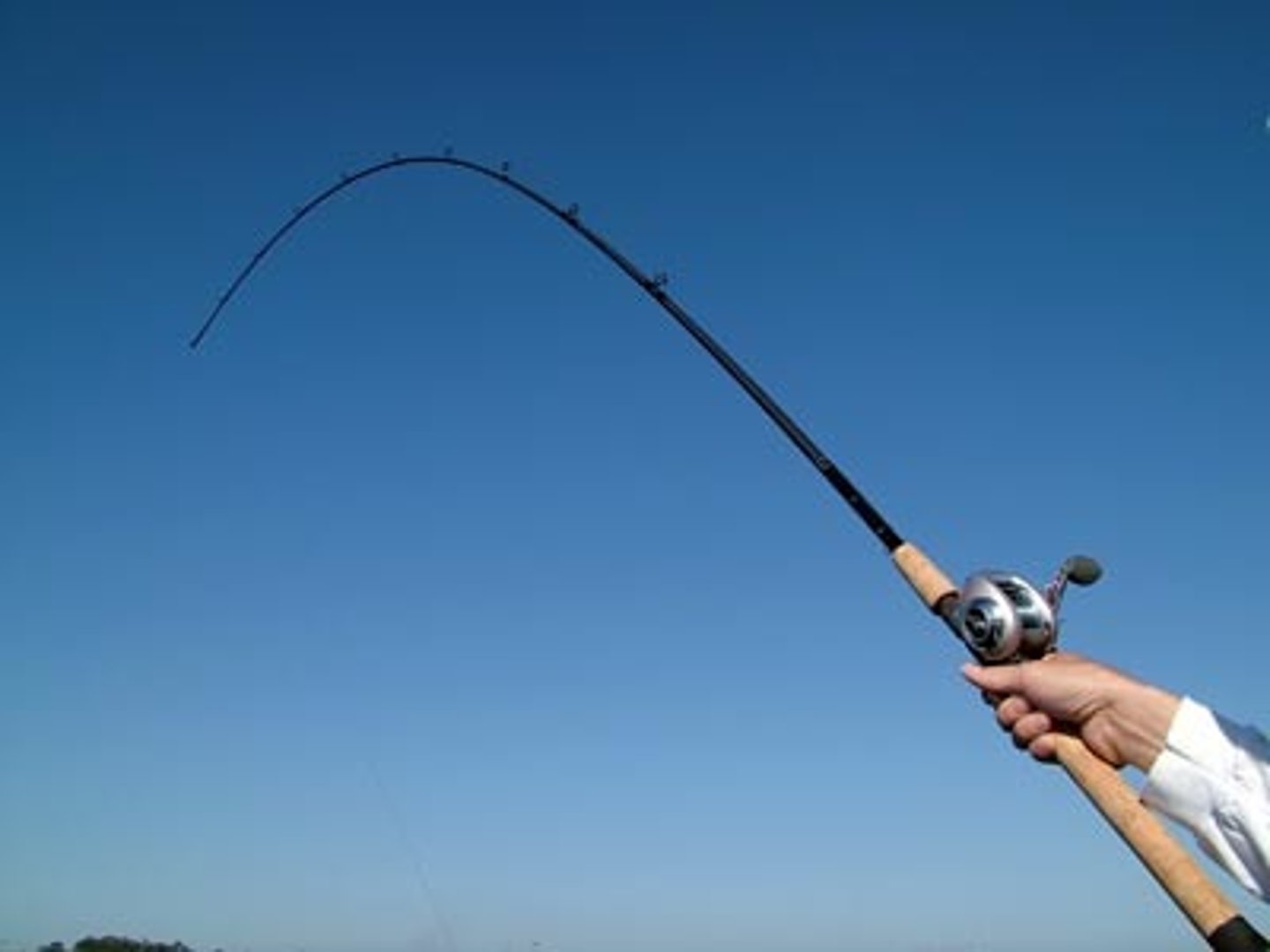
Strict enforcement of regulations - issue licenses & penalties/sanctions
To act as a deterrent to poachers
Difficulties in sustainable fishing
- Area too large
- Expense of monitoring
- Monitoring hampered by weather/seasons
- False reporting of catches / trawler size / mesh size
- Fish are killed when caught but not kept due to restrictions
Why does conservation take place?
To manage nature to protect species/habitats
It allows changes to the profile of organisms in an ecosystem
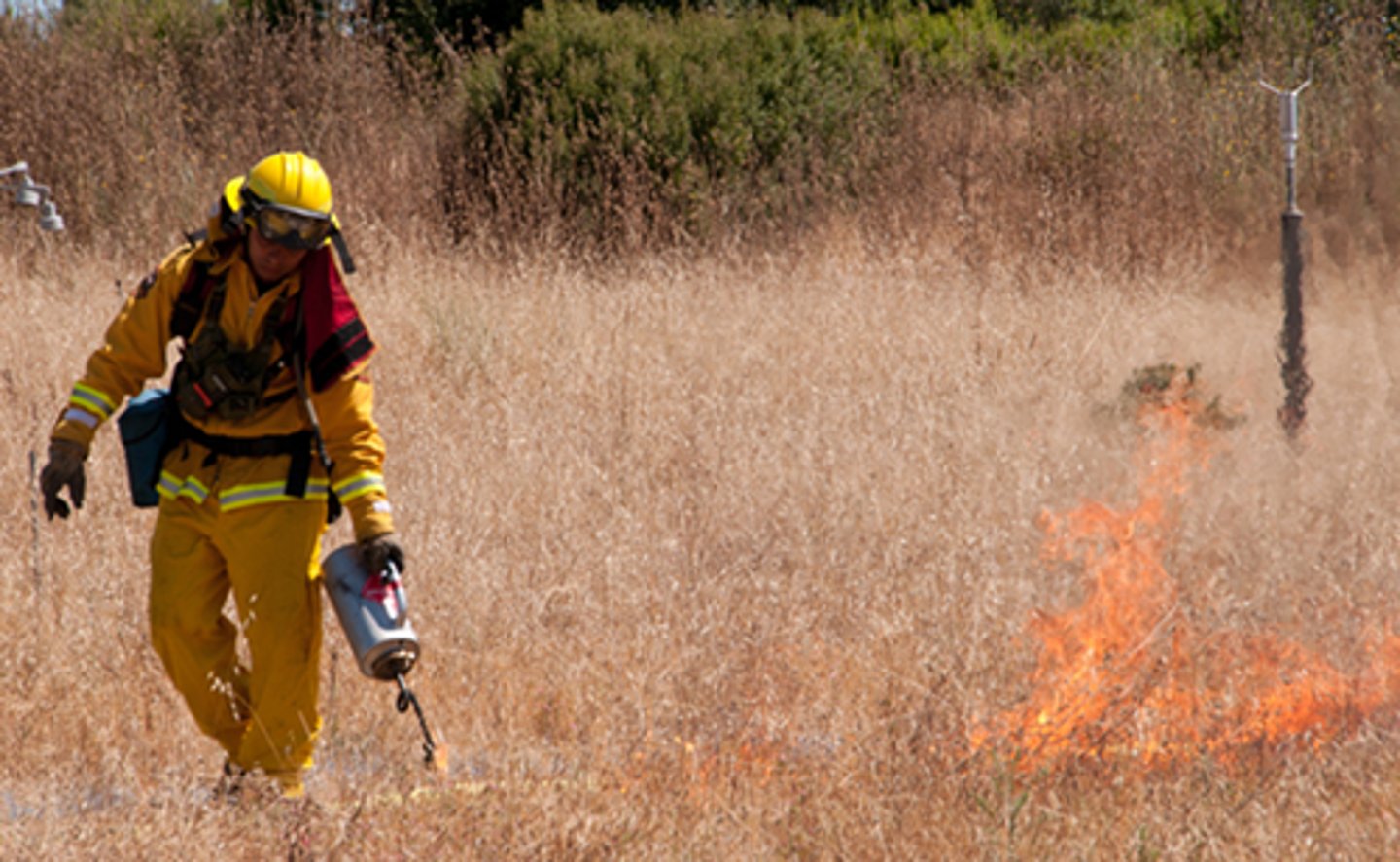
Preservation
- Leaves the environment to not be used by humans (leaves the ecosystems untouched)
- Takes place in areas with little or no human population and allows no human intervention, like the Arctic tundra where mineral mining has been prohibited
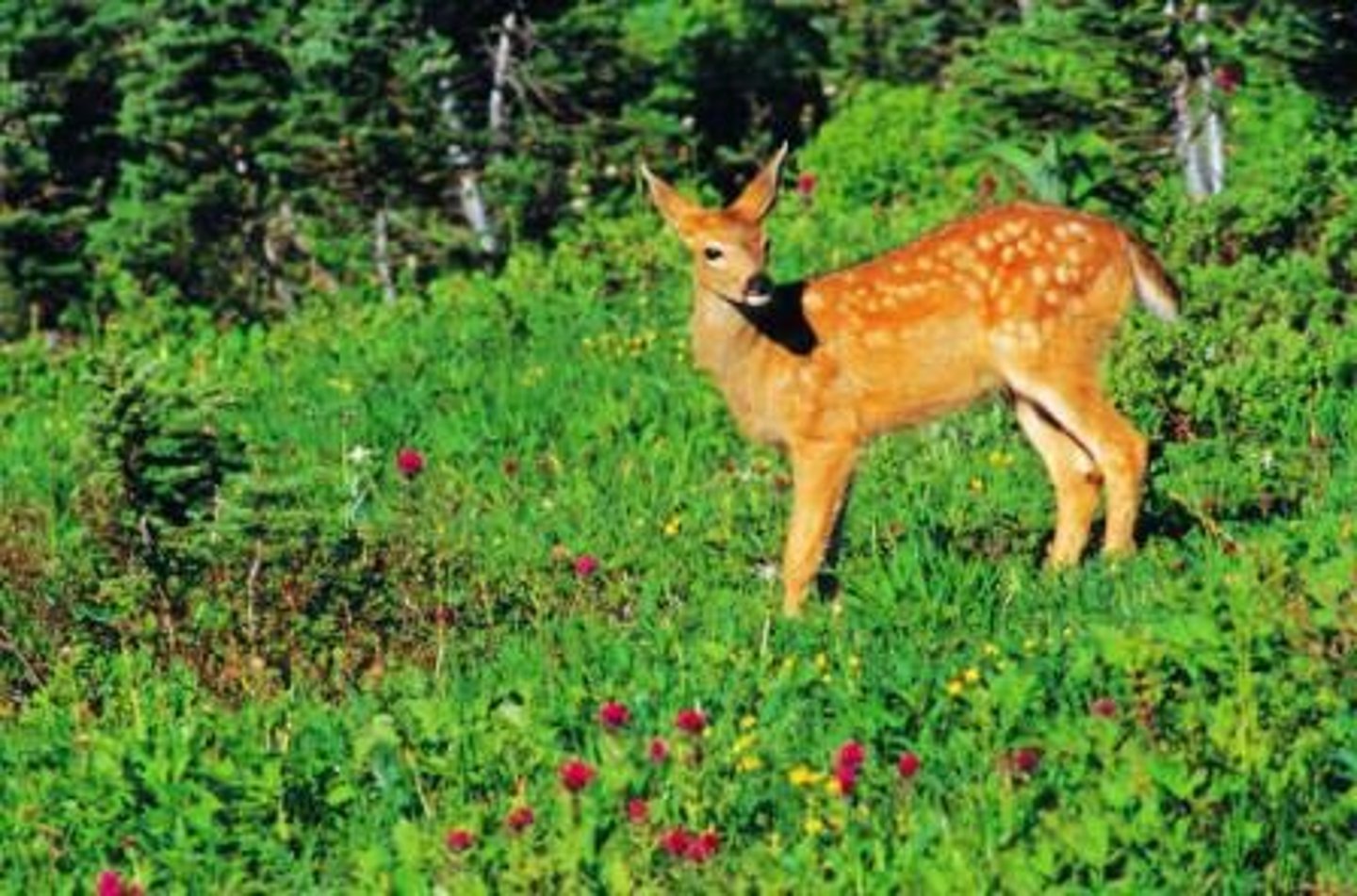
Why is conservation important?
Economic, social, and ethical reasons
Economic Reasons
- Ecotourism
- Potential for future medicines

Social Reasons
- Aesthetic
- To stop the impact of deforestation
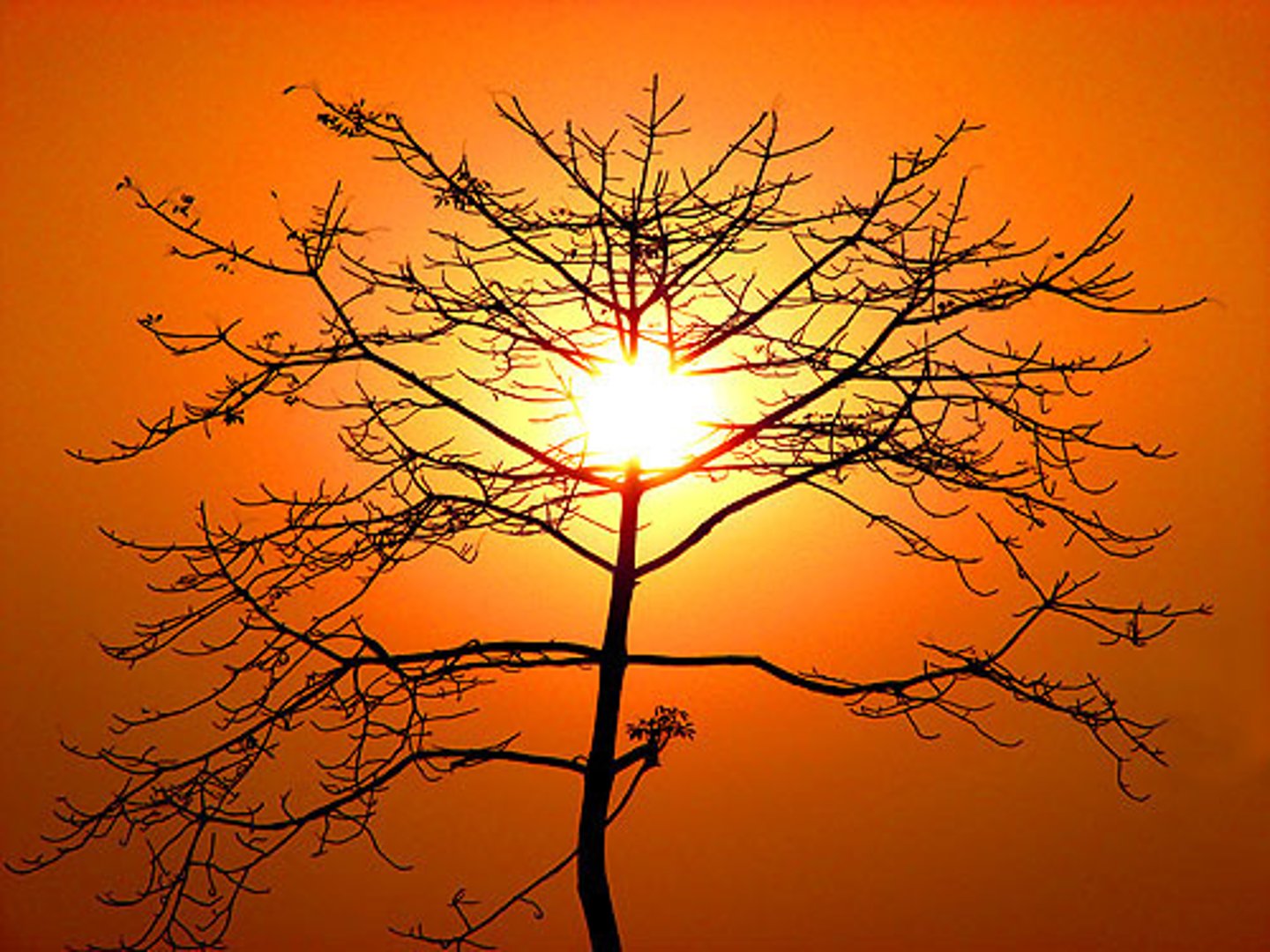
Ethical Reasons
- Preserves biodiversity / Stops extinction
- Supports the indigenous population
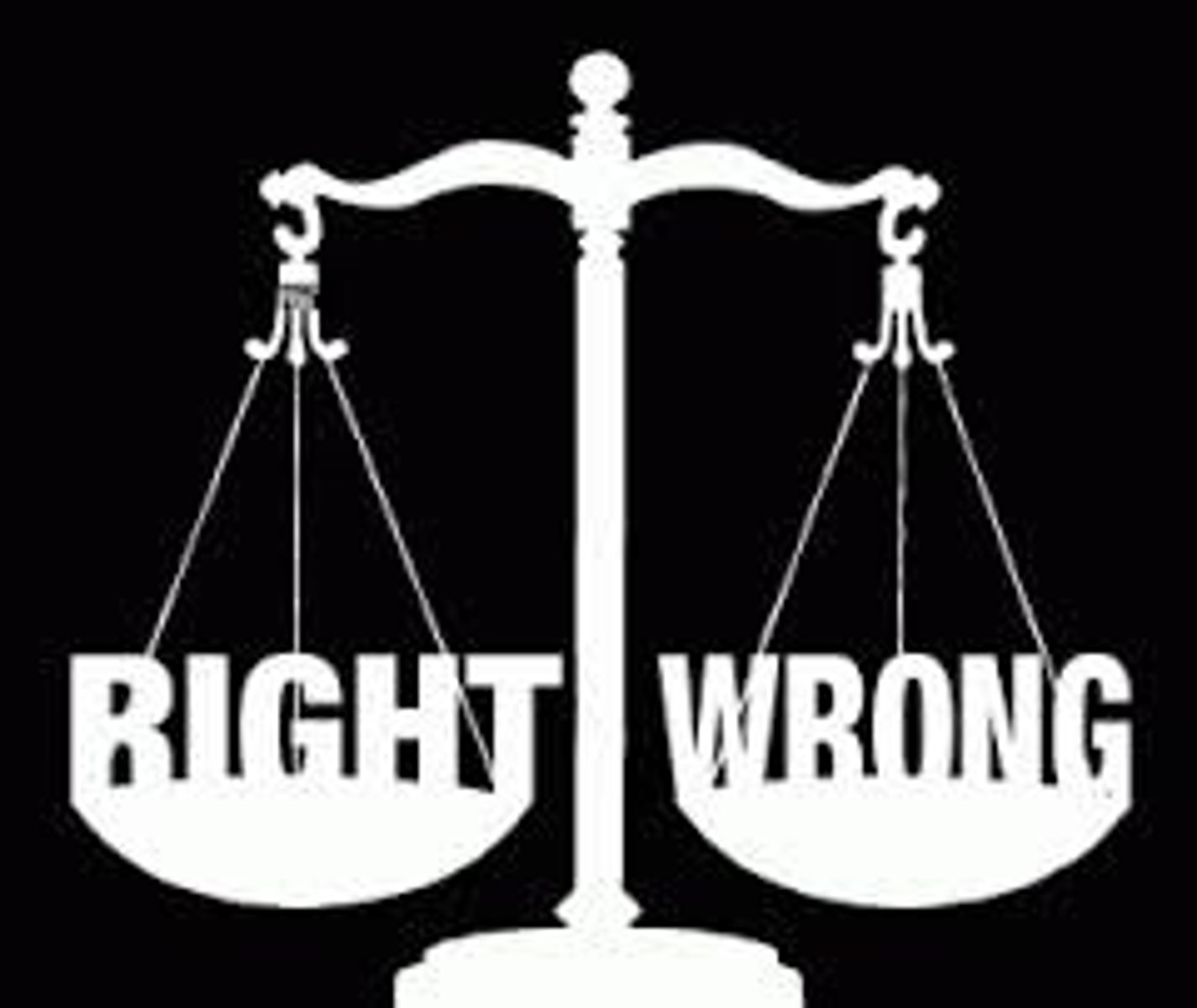
Why does succession occur?
There are changes in the environment (abiotic factors), causing the plant and animal species present to change
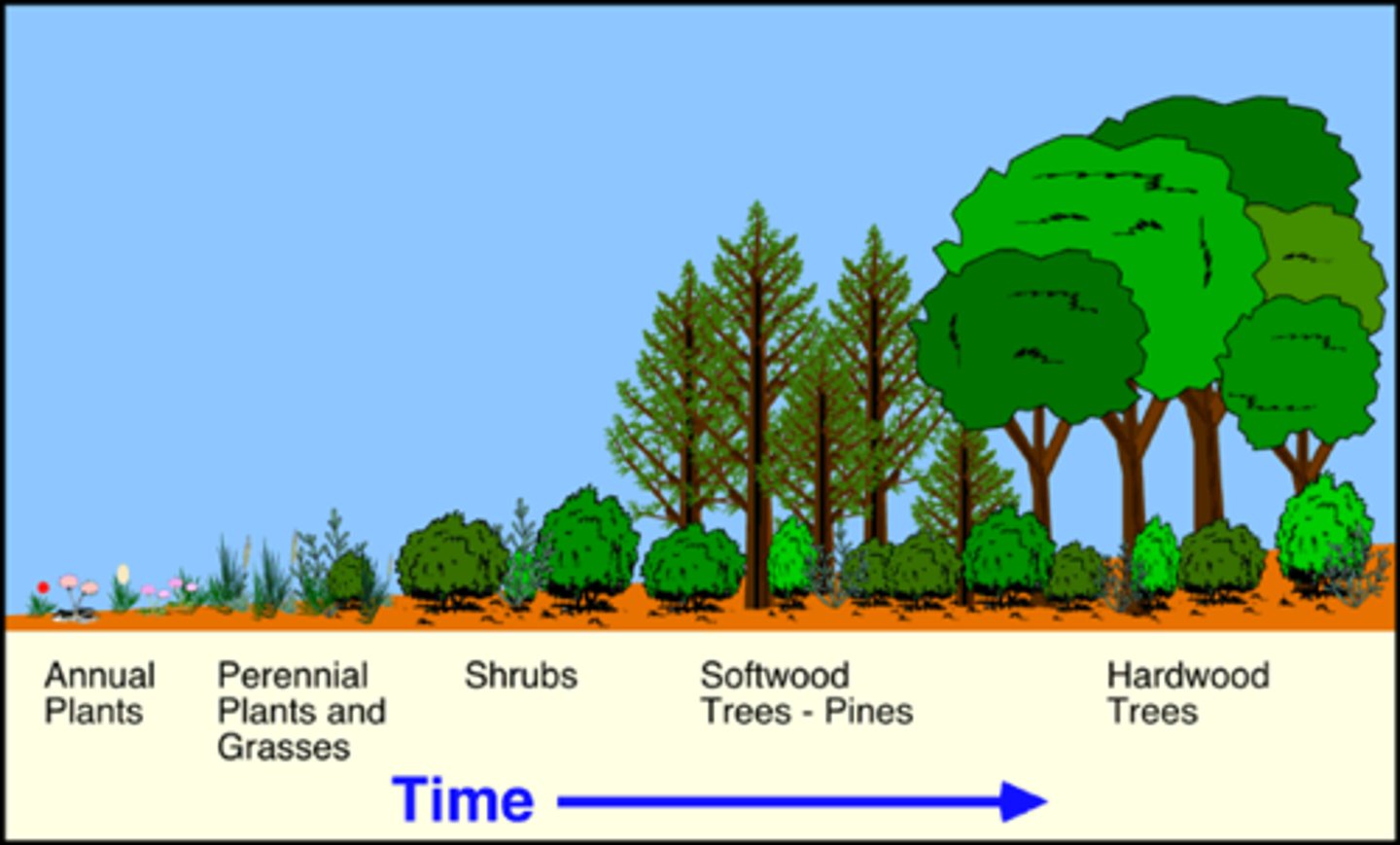
Primary succession
Occurs on land that has been newly formed or exposed. There is no soil or organic material present to begin with
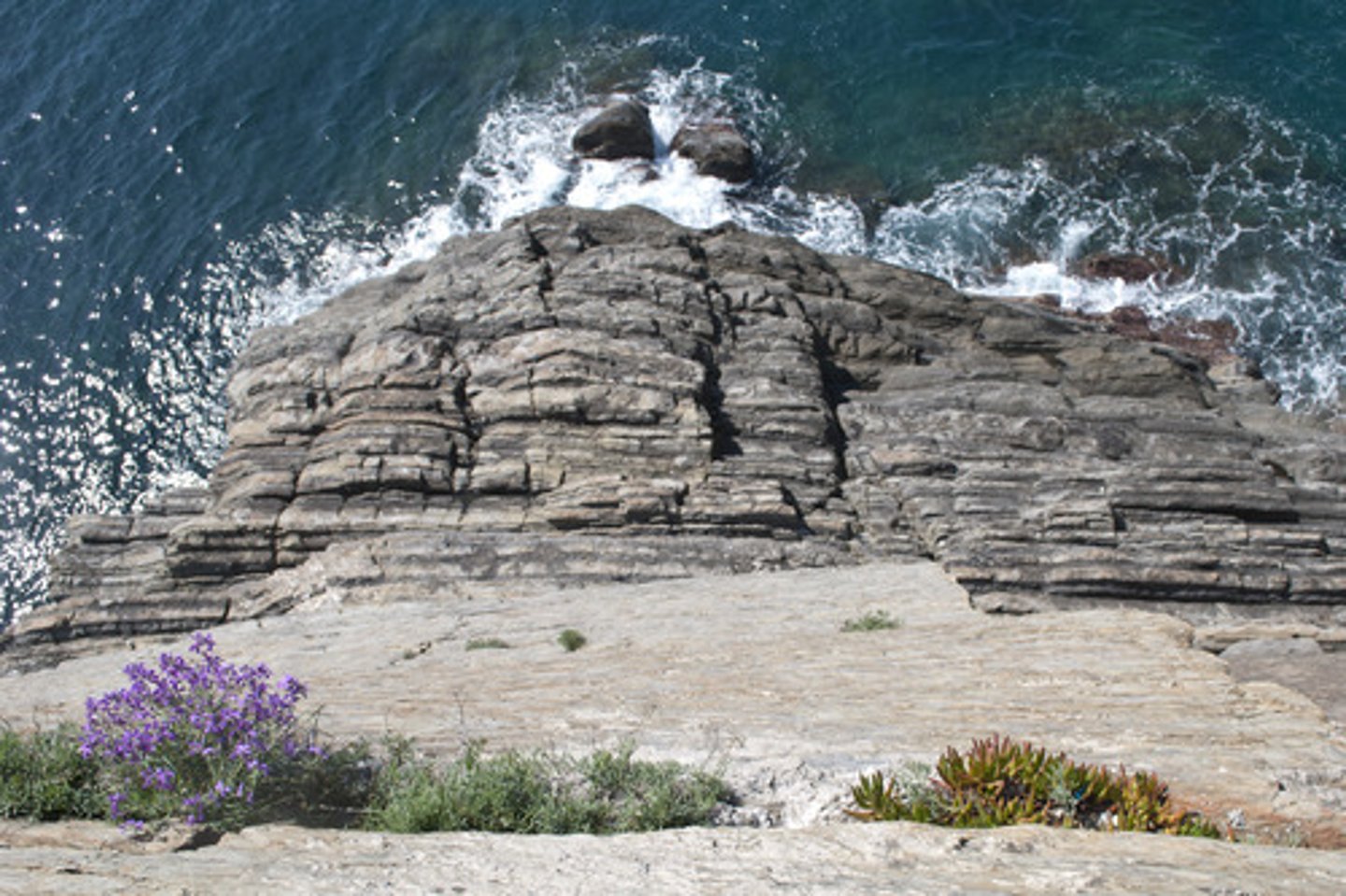
Secondary succession
Occurs on land where soil is present, but it contains no plant or animal species. Examples include a forest being burnt down.
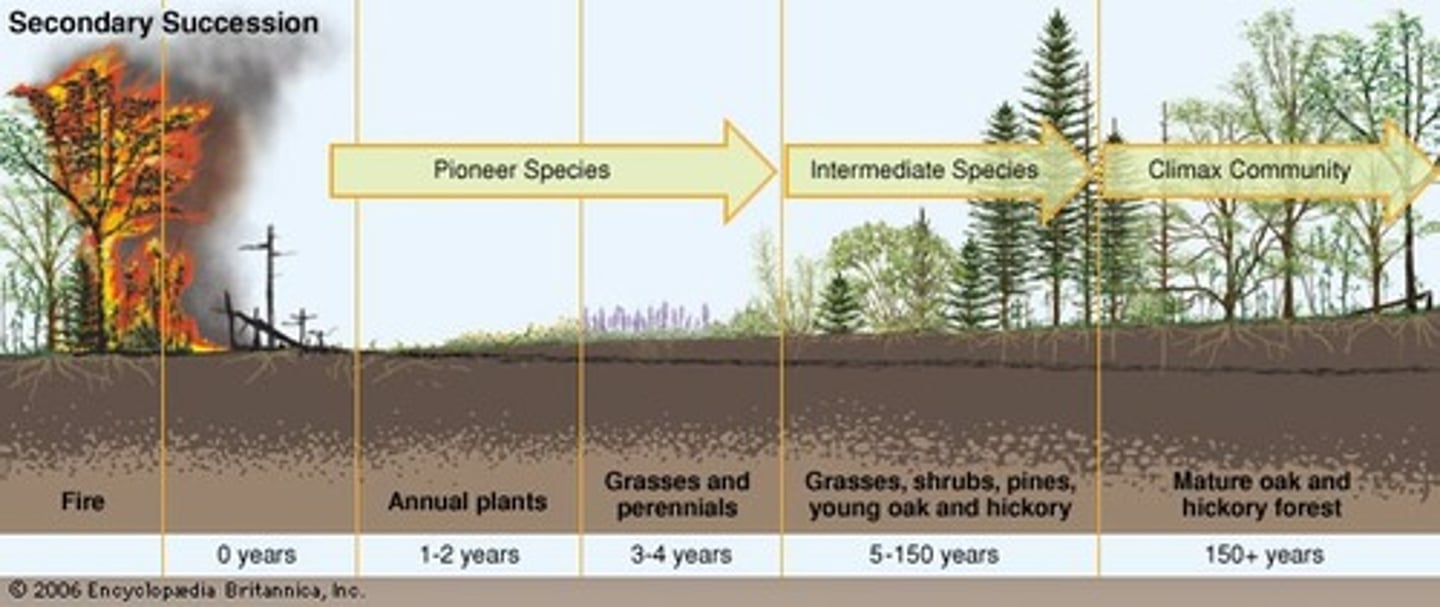
What are stages in succession known as?
Sere
What are the main seral stages in primary sucession?
Pioneer community
Intermediate community
Climax community
Pioneer Community
Arrive before the climax community
Subject greater to change
Low biodiversity
Less stable
Low biomass
Example: mosses, lichen
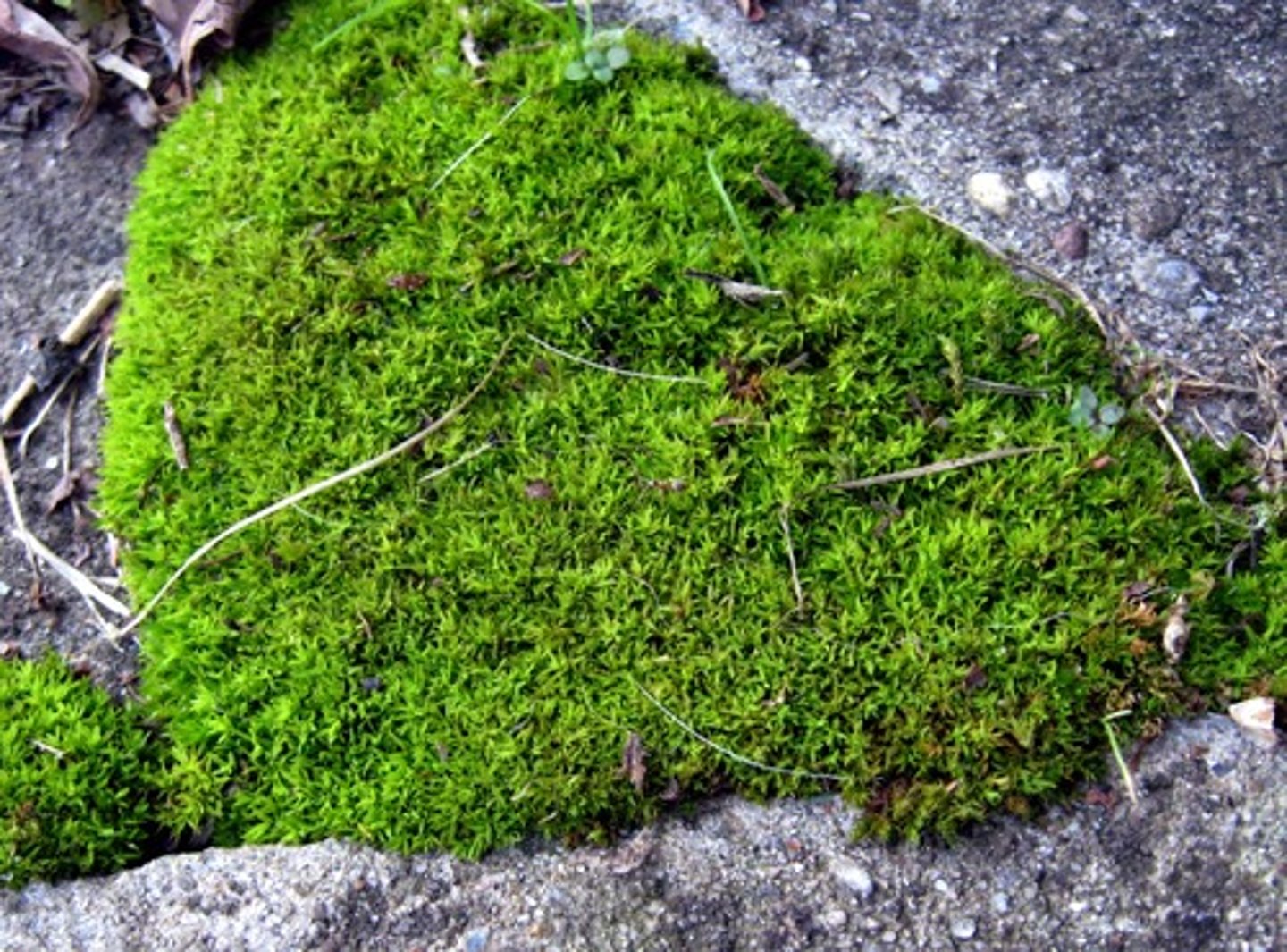
Why is the pioneer community important?
- Fixes nitrogen
- Performs photosynthesis
- Tolerates extreme conditions
- Weathers rocks to create a layer of humus
Intermediate community
When the pioneer species die, they add to the soil, which is now able to support grasses and small flowering plants. These outcompete the pioneer species.
Example: Grasses, small flowering plants
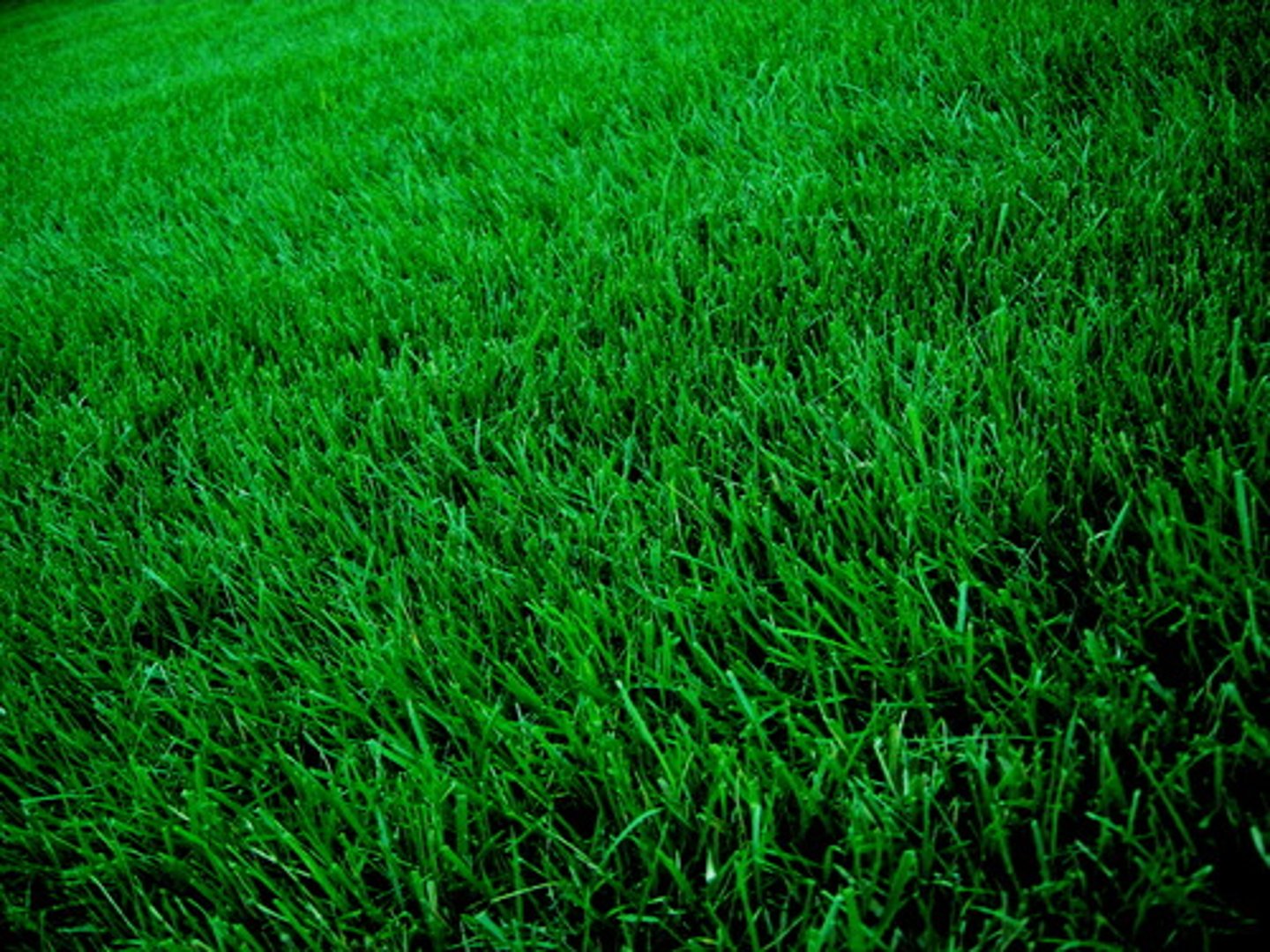
Climax community
When the intermediate species die, they add to the soil, which is now able to support larger shrubs and trees.
These outcompete the grasses and flowering plants for light, space, and nutrients
Examples: Oak tree
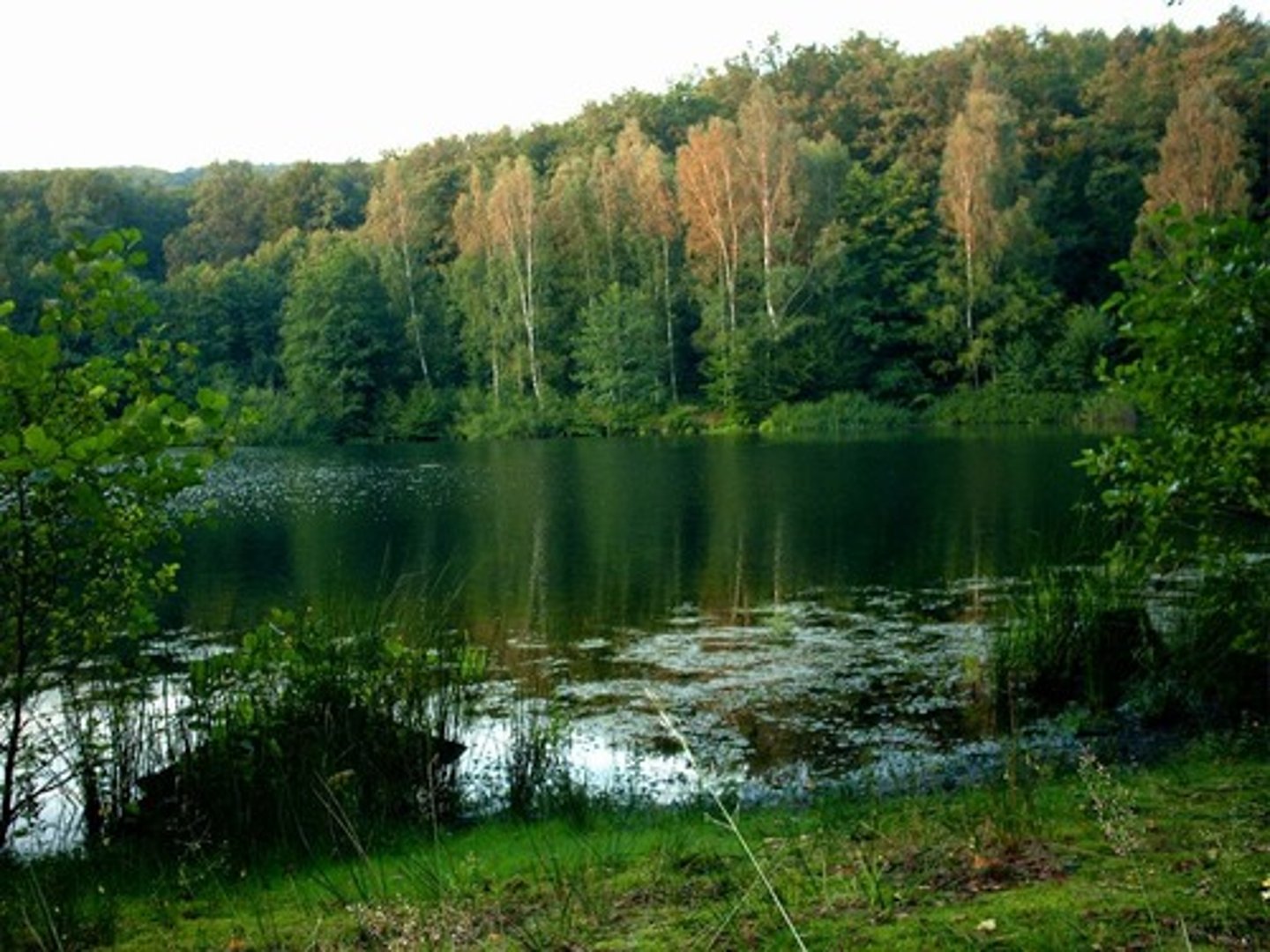
Which is the stable community?
Climax community
At the beginning of Primary Succession
Hostile conditions
Low Simpson's index species diversity
Instability
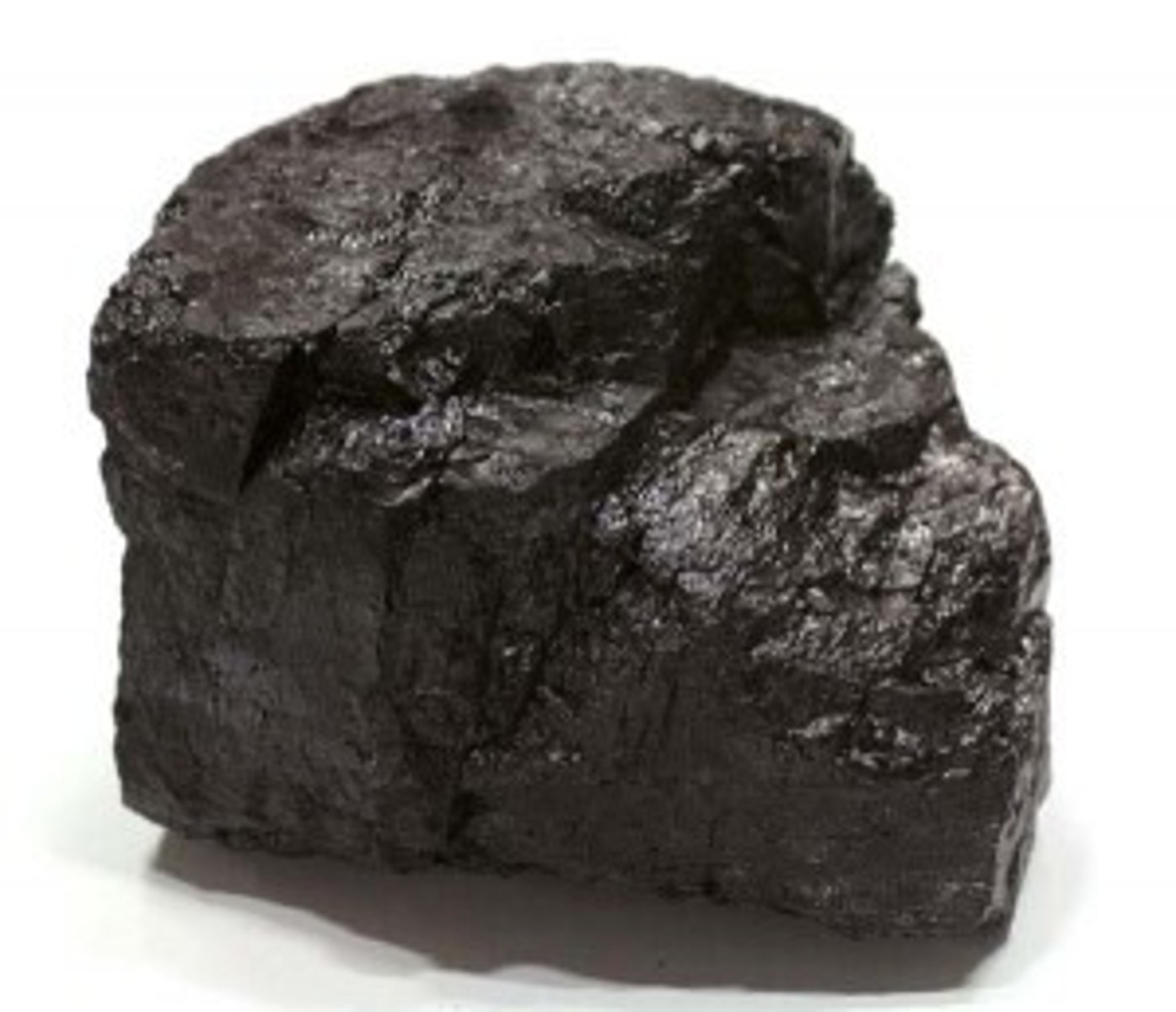
At the end of Primary Succession
Less hostile conditions
High Simpson's index species diversity (unless dominated by 1 species)
More stable
Likely to withstand change
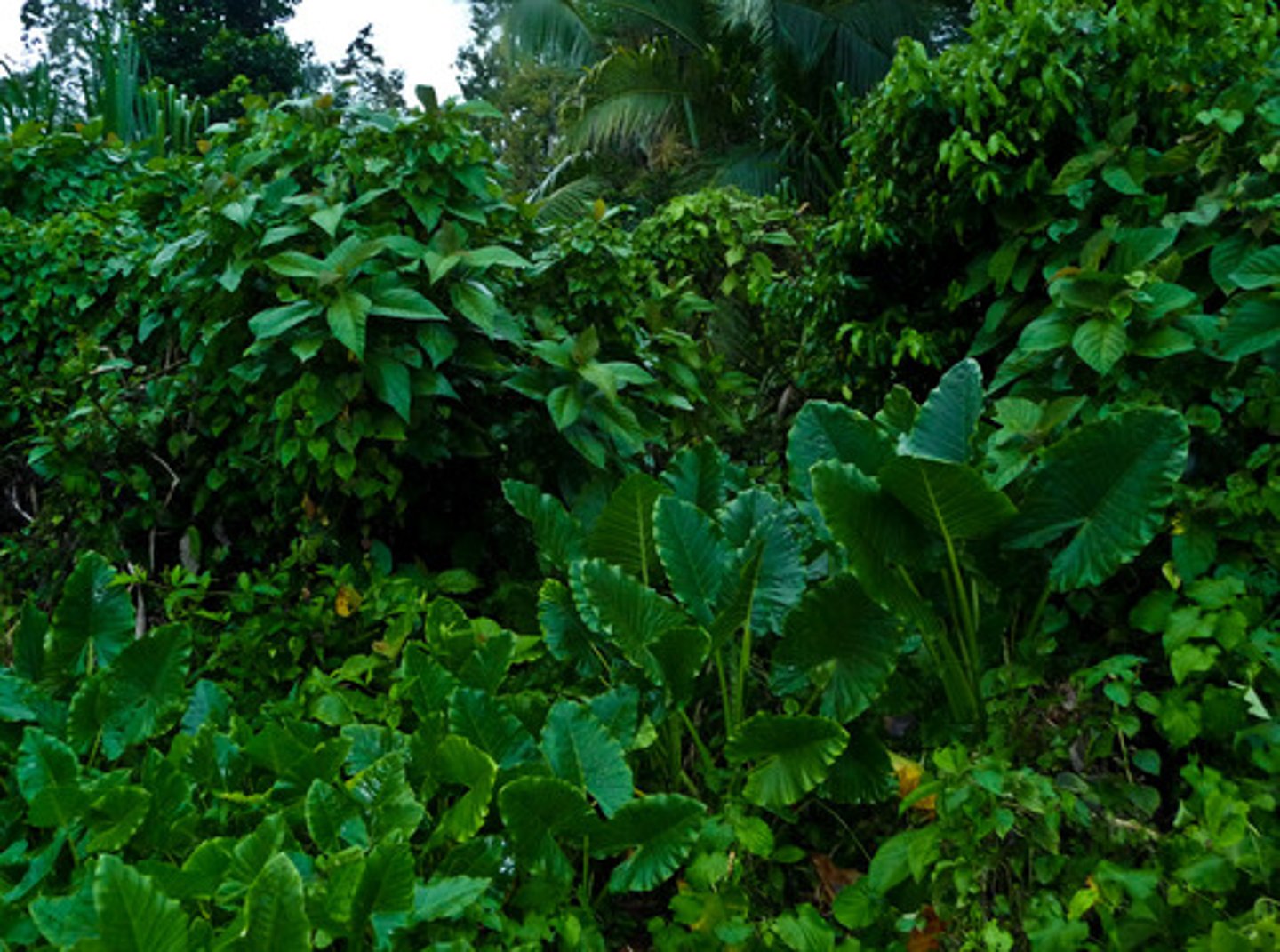
Animal Succession
Primary consumers, such as insects and worms, are first to colonise an area as they consume and shelter in the mosses and lichens present
Secondary consumers will arrive once a suitable food source has been established, and the existing plant cover will provide them with suitable habitats
Deflected Succession
This is where human activity can halt the natural flow of succession and prevent it from reaching its climax community. When succession is artificially stopped, it is called a plagioclimax.
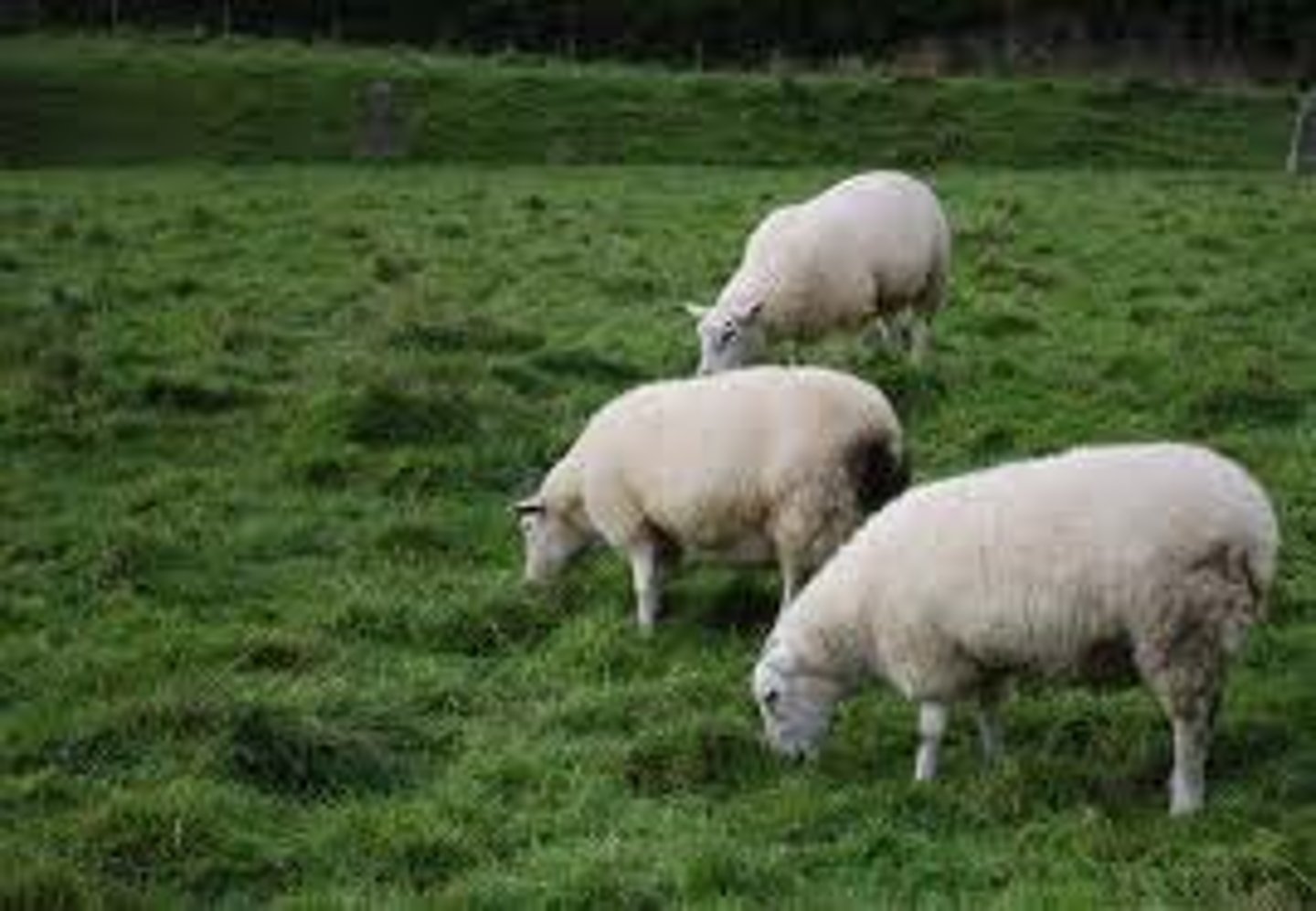
Examples of deflected succession
Grazing from domesticated animals
Removing existing vegetation to plant crops (the crops become the final community)
Burning as a means of forest clearance
Where is carbon stored?
- Atmosphere
- Sedimentary rocks
- Soil
- Vegetation
- Dissolved in the ocean
Photosynthesis
- This process removed carbon from the atmosphere
- CO2 is converted into small carbon containing organic molecules by photosynthesis in plants, and other photosynthetic organisms
- This carbon is then used in the production of macromolecules such as carbs, proteins, and lipids
Respiration
Respiration releases CO2 into the atmosphere, opposite to photosynthesis
CO2 is released in the Link Reaction and the Krebs Cycle of aerobic respiration
Anaerobic respiration also releases CO2 into the atmosphere via fermentation by yeast, mould, and bacteria
Feeding
Carbon is passed from autotroph to heterotroph during feeding
Carbon is also passed from primary consumer to secondary consumer
Biomass transfer always includes the transfer of carbon, the main element in biomass
How does Decay & Decomposition release CO2 back into the air?
Dead plants and animals are fed upon by detritivores and decayed by saprophytes
This releases carbon into the surroundings
Supplies carbon to the detritivores
Supplies carbon to the saprophytes
Waste matter such as faeces and urine is used by decaying saprobionts
Such processes can release CO2 back into the air
What happens if dead organic matter accumulates in areas where decomposers are not present?
The carbon they contain becomes trapped. Over millions of years, these remains form fossil fuels,
They are trapped in the bottom of the ocean or in bogs.
Combustion
- Plants that die are not fully decomposed by saprobionts, and their bodies form layers of sediment that can accumulate over millions of years, locking carbon into the ground
- This sediment is a store of energy and can form fossil fuels
- When fossil fuels are burnt, carbon dioxide is returned to the atmosphere
Fluctuations in atmospheric carbon dioxide
CO2 levels fluctuate throughout the day
Photosynthesis only takes place in the light, and so during the day, photosynthesis removes CO2 from the atmosphere
However, respirations occurs constantly, so atmospheric CO2 levels are higher at night than during the day
CO2 levels are lower in summer than in winter, where photosynthesis is lower
Why is atmospheric carbon dioxide levels increasing?
- Combustion of fossil fuels
- Deforestation
Why is global warming bad for the oceans?
Warmer oceans dissolve less gas
Therefore, global warming is reducing the carbon bank in the oceans, and releases more CO2 into the atmosphere
Processes in the Nitrogen cycle
1) Nitrogen fixation
2) Nitrification
3) Ammonification
4) Denitrification
What is Nitrogen fixation?
A process of combining nitrogen gas and hydrogen to produce ammonia.
Ammonia is a form of nitrogen that can be absorbed and used by plants.
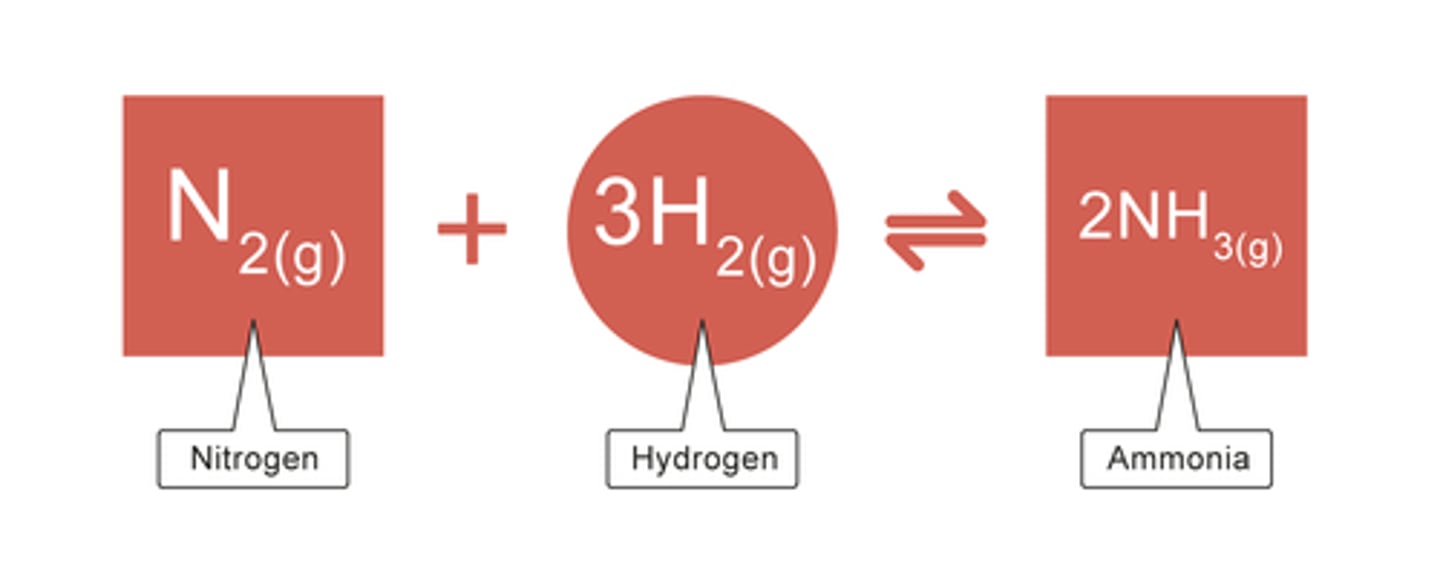
Nitrogen fixation methods?
- Non living processes - Lightning, and the Haber process
- Living processes - Rhizobium, and azotobacter